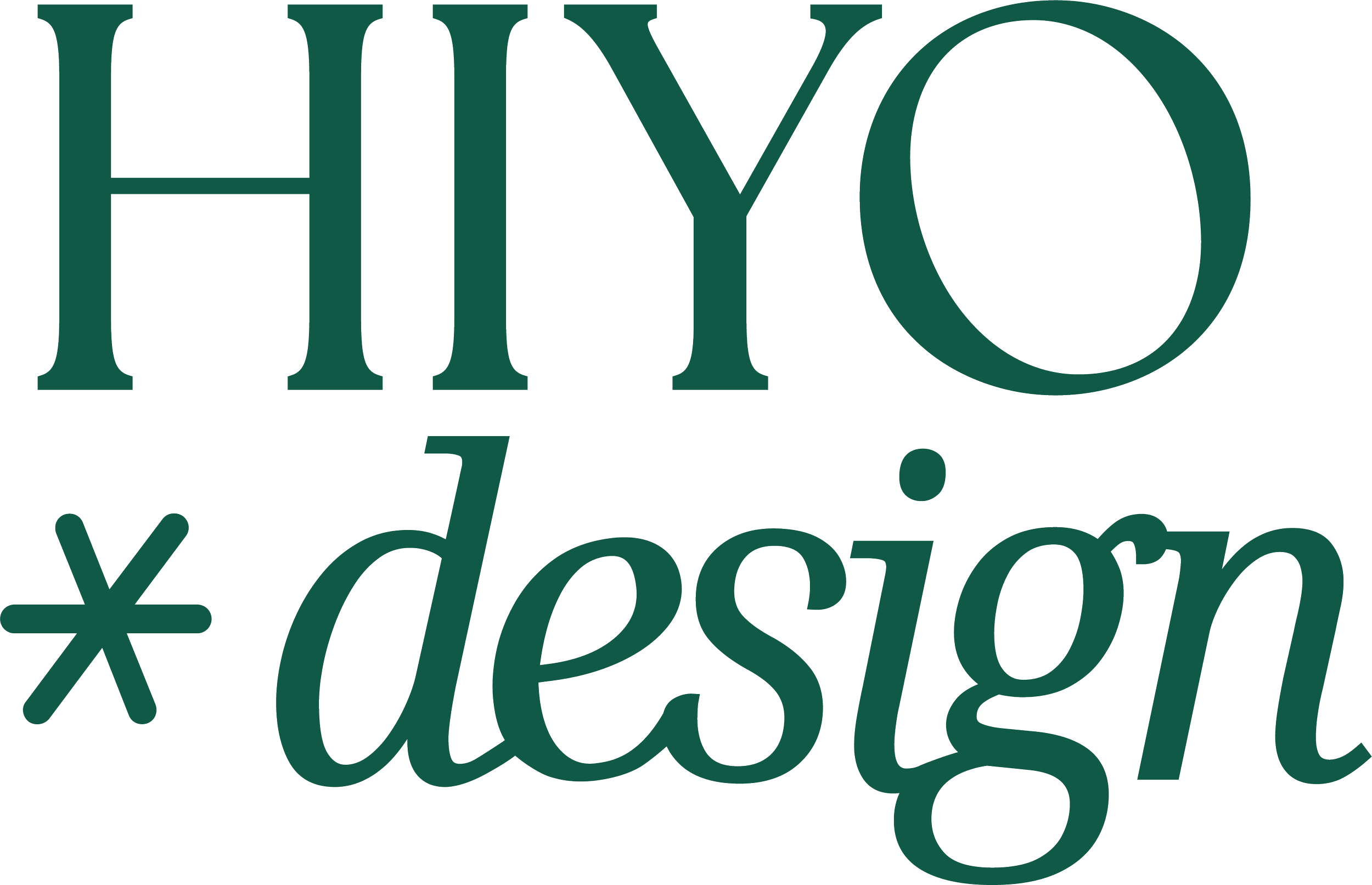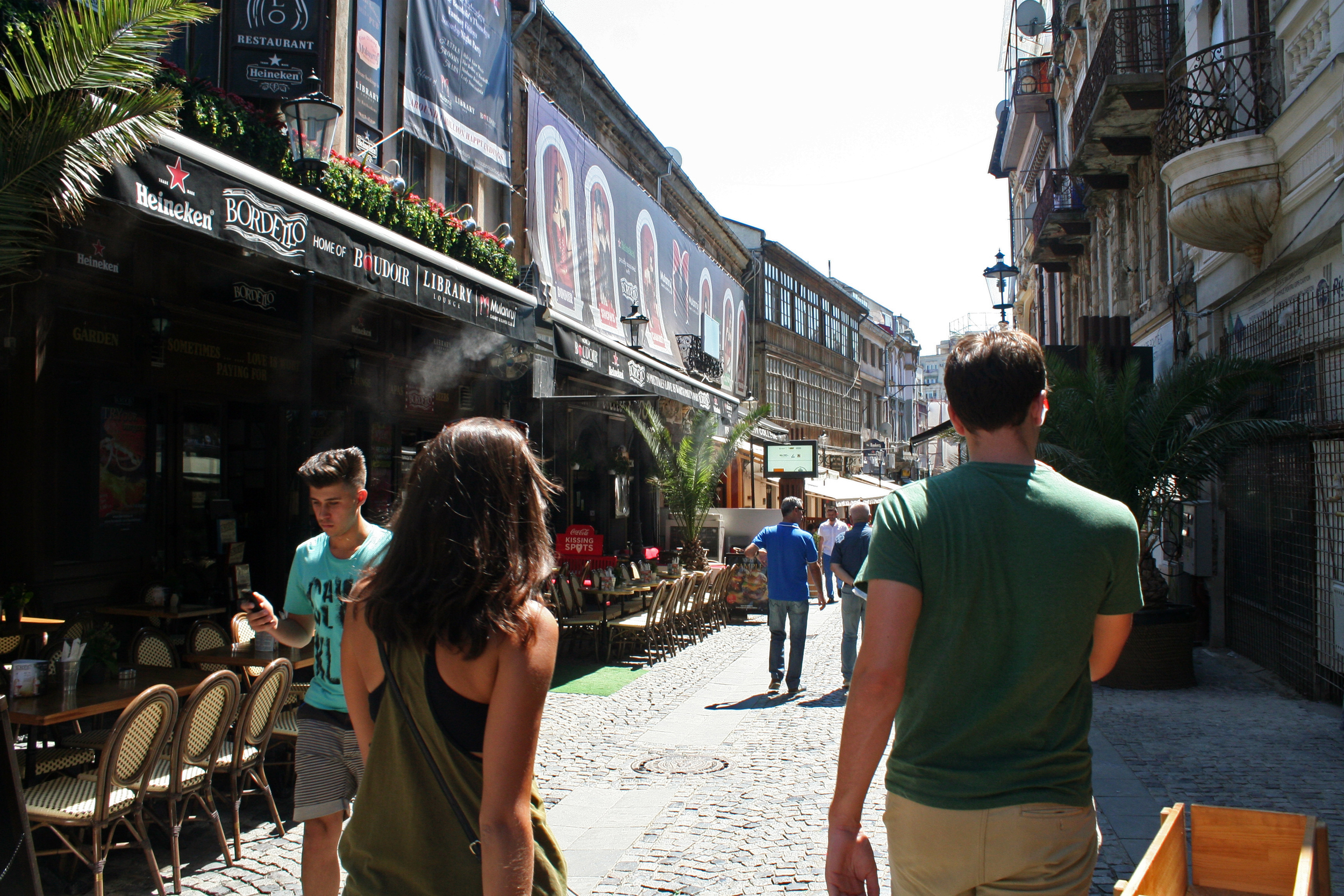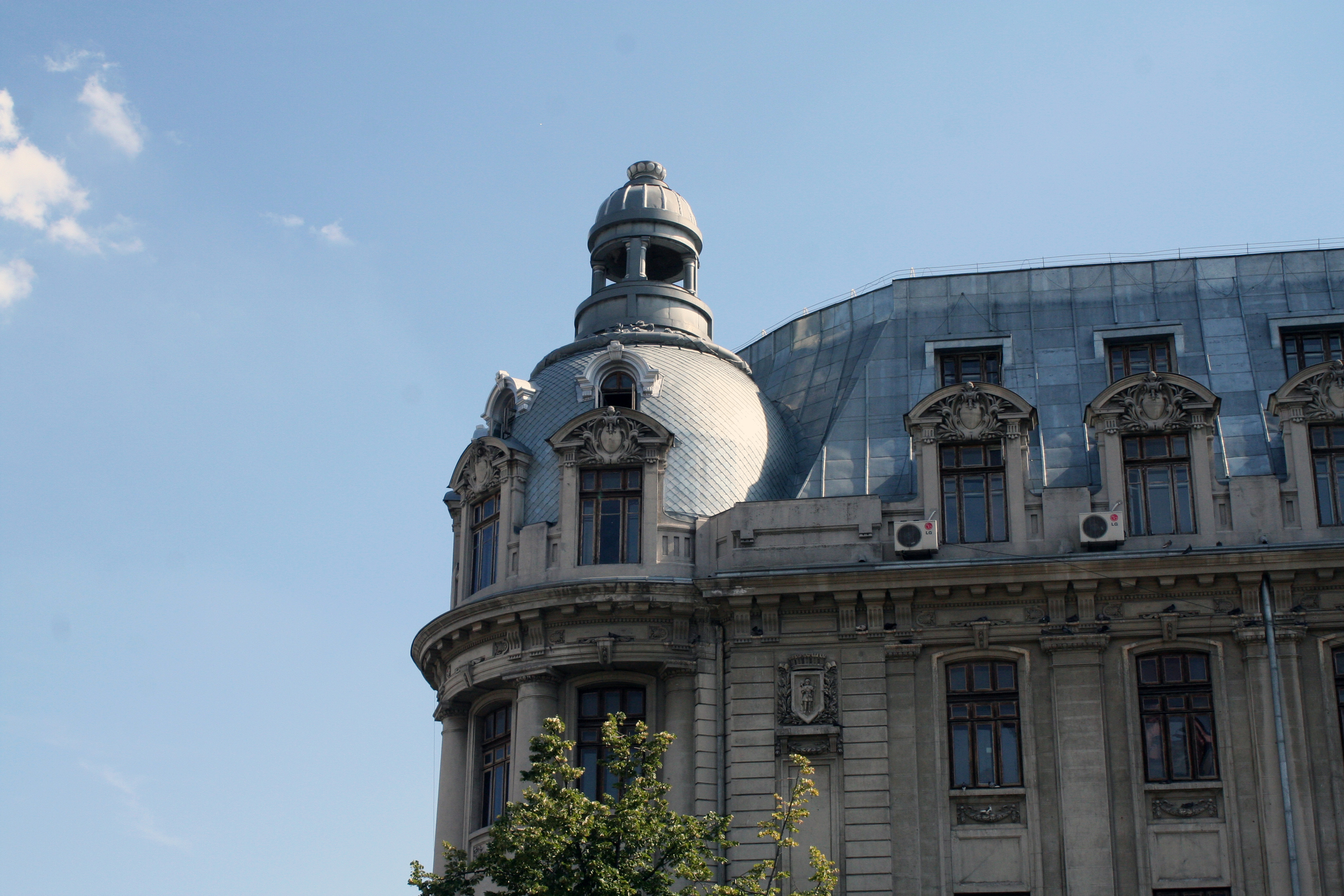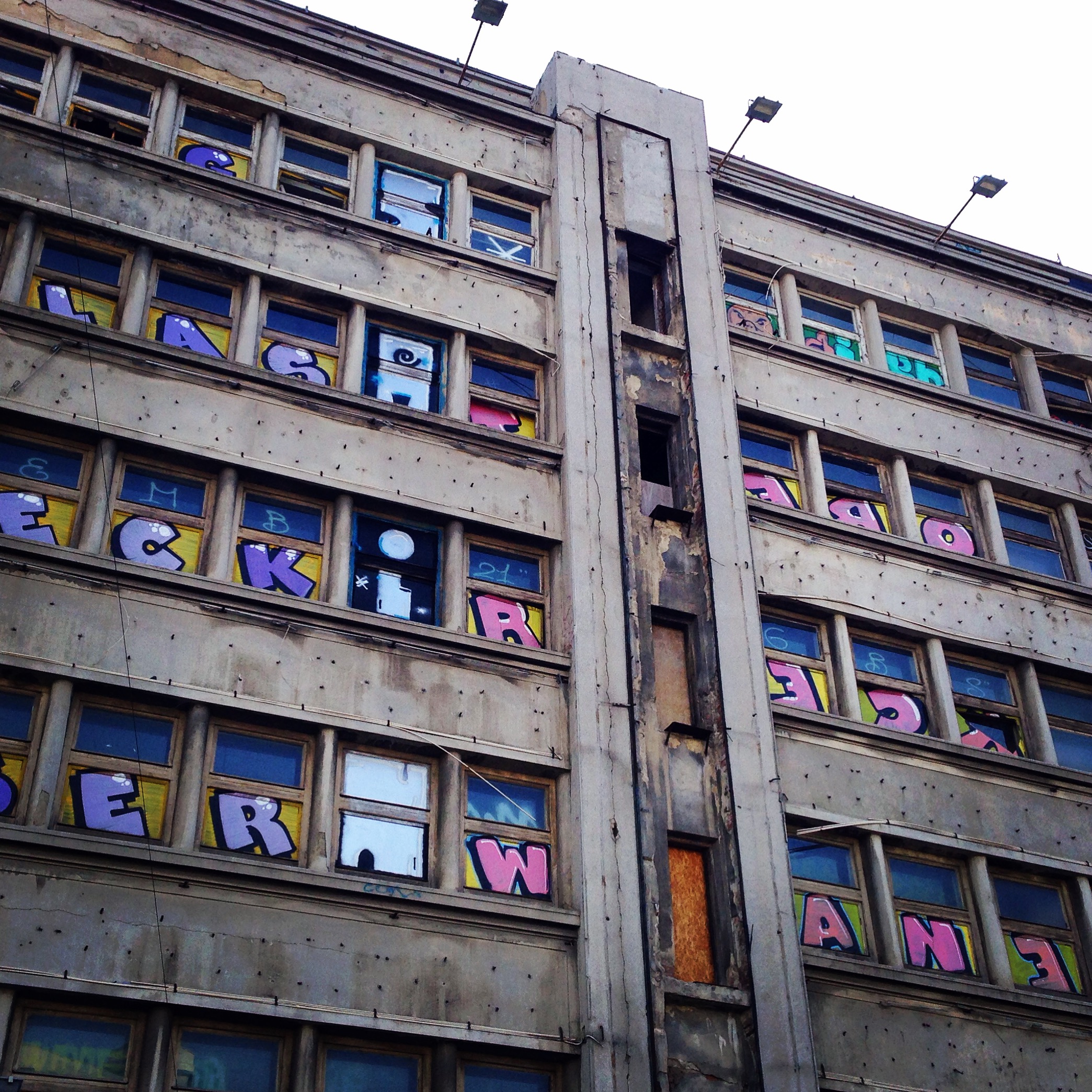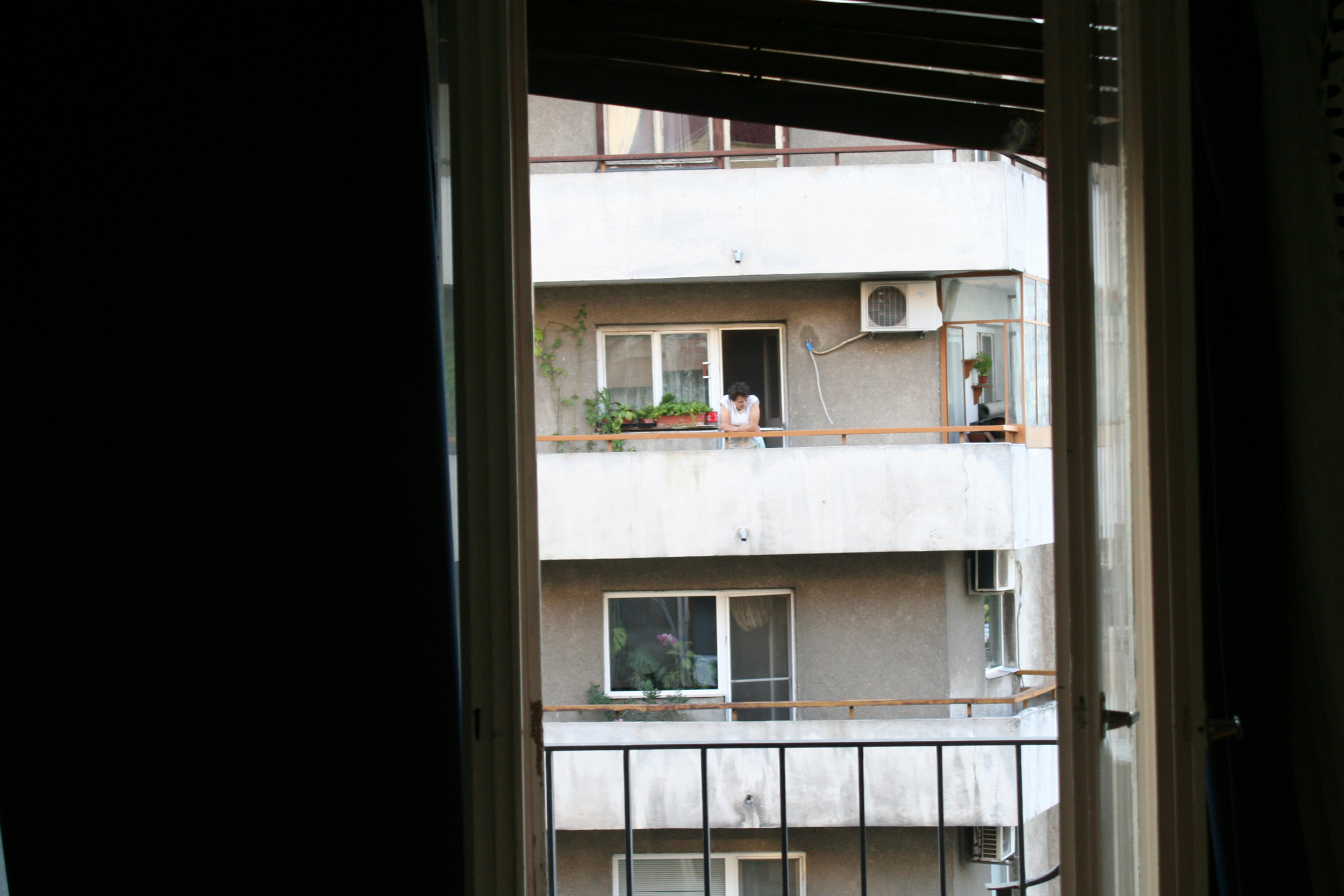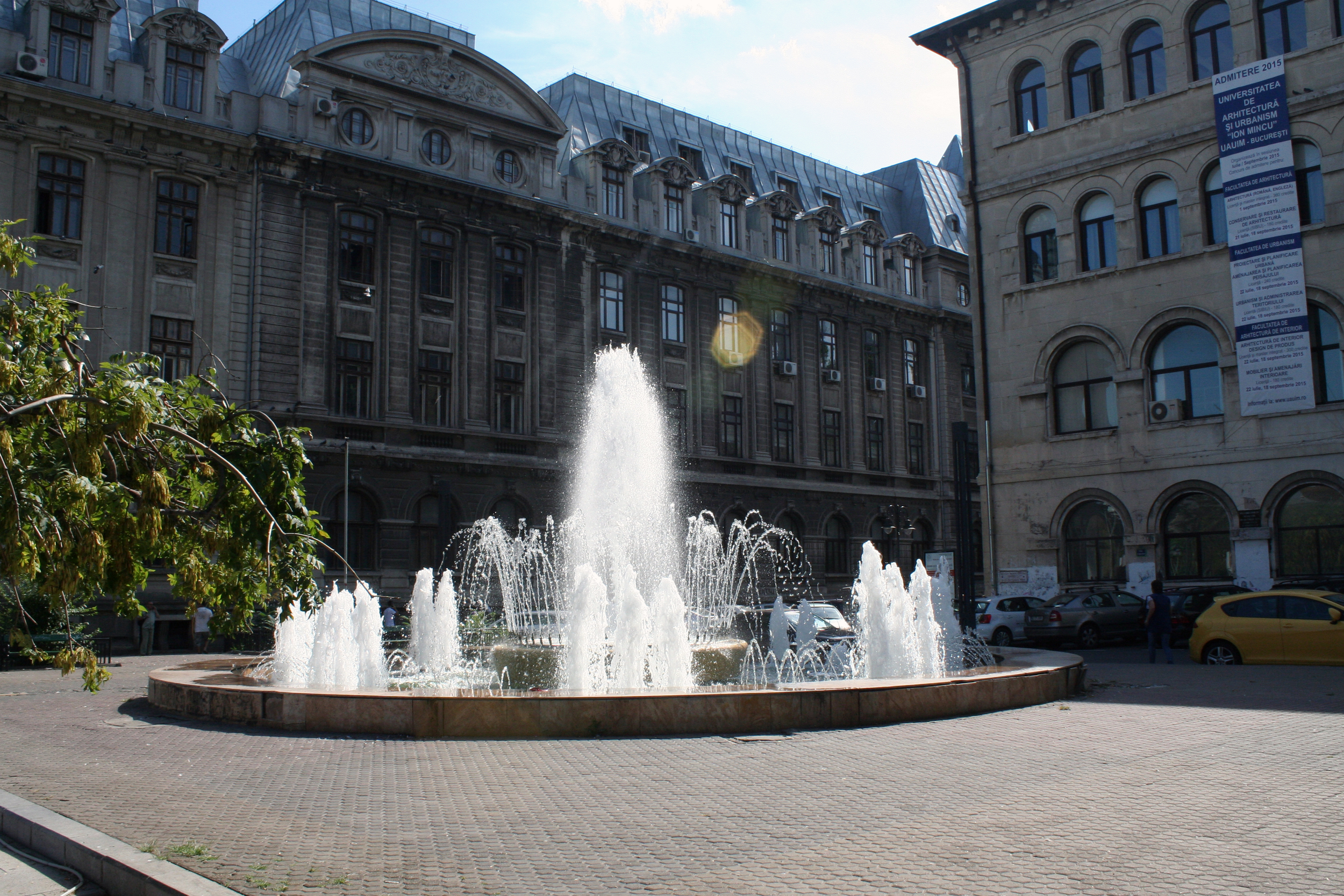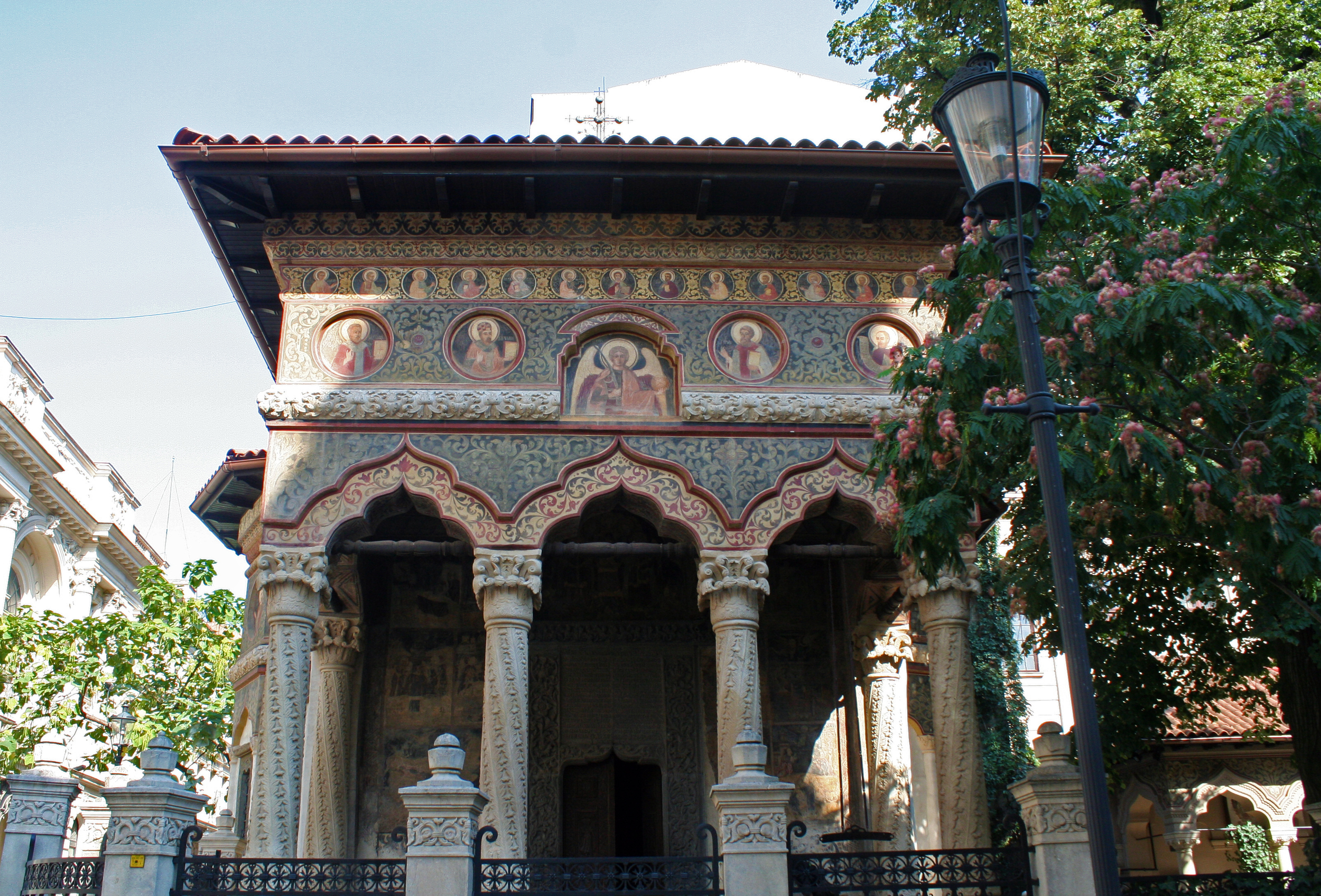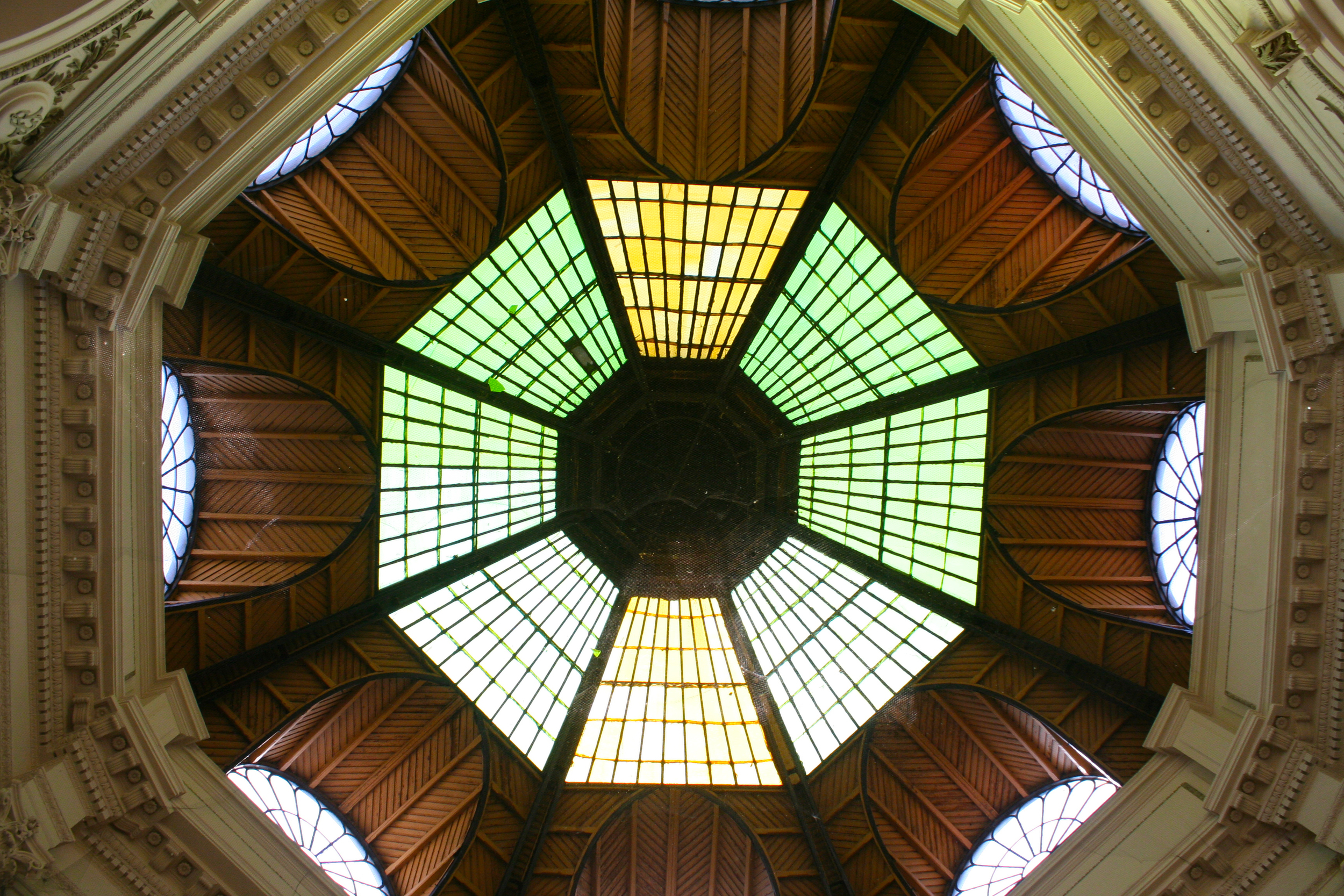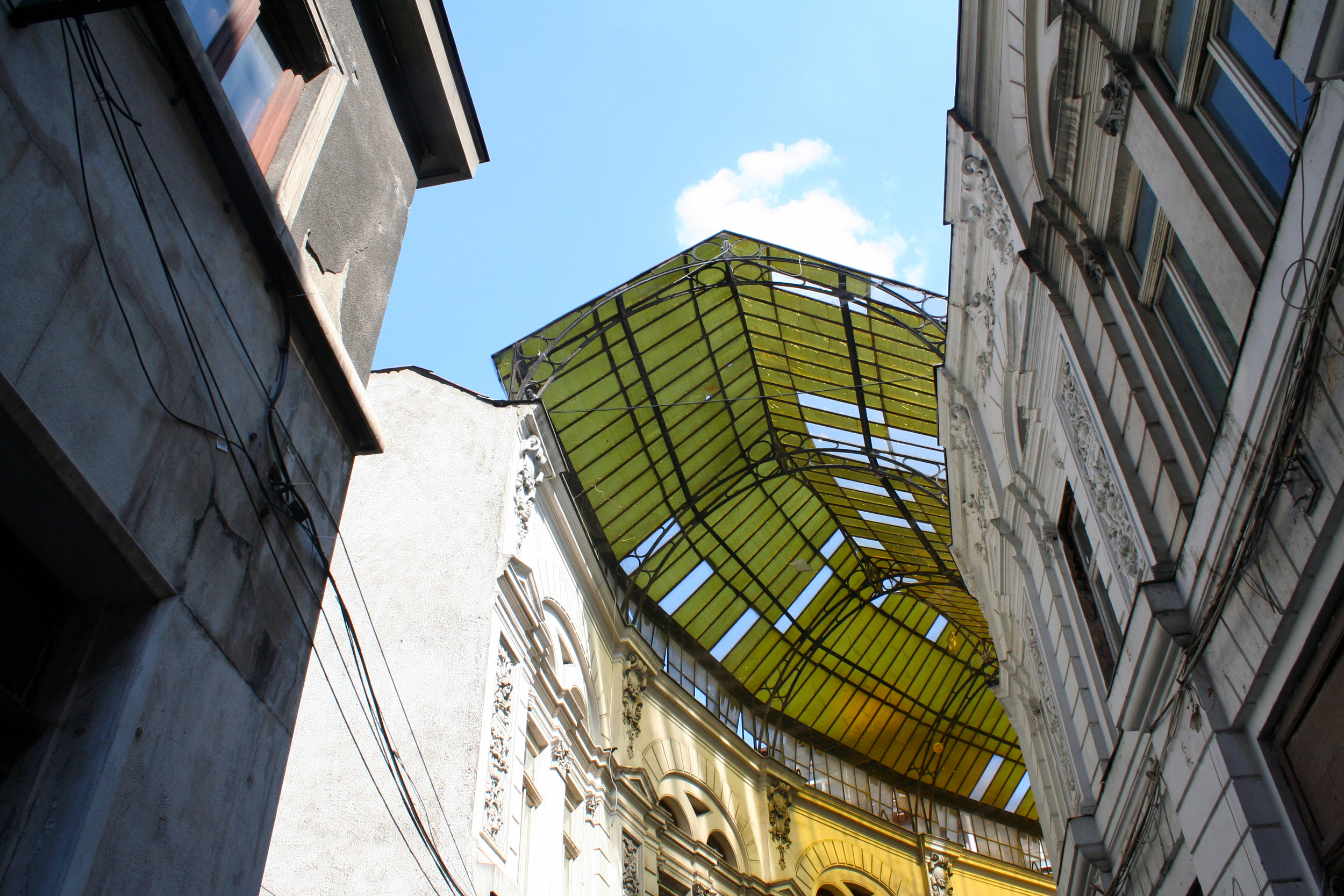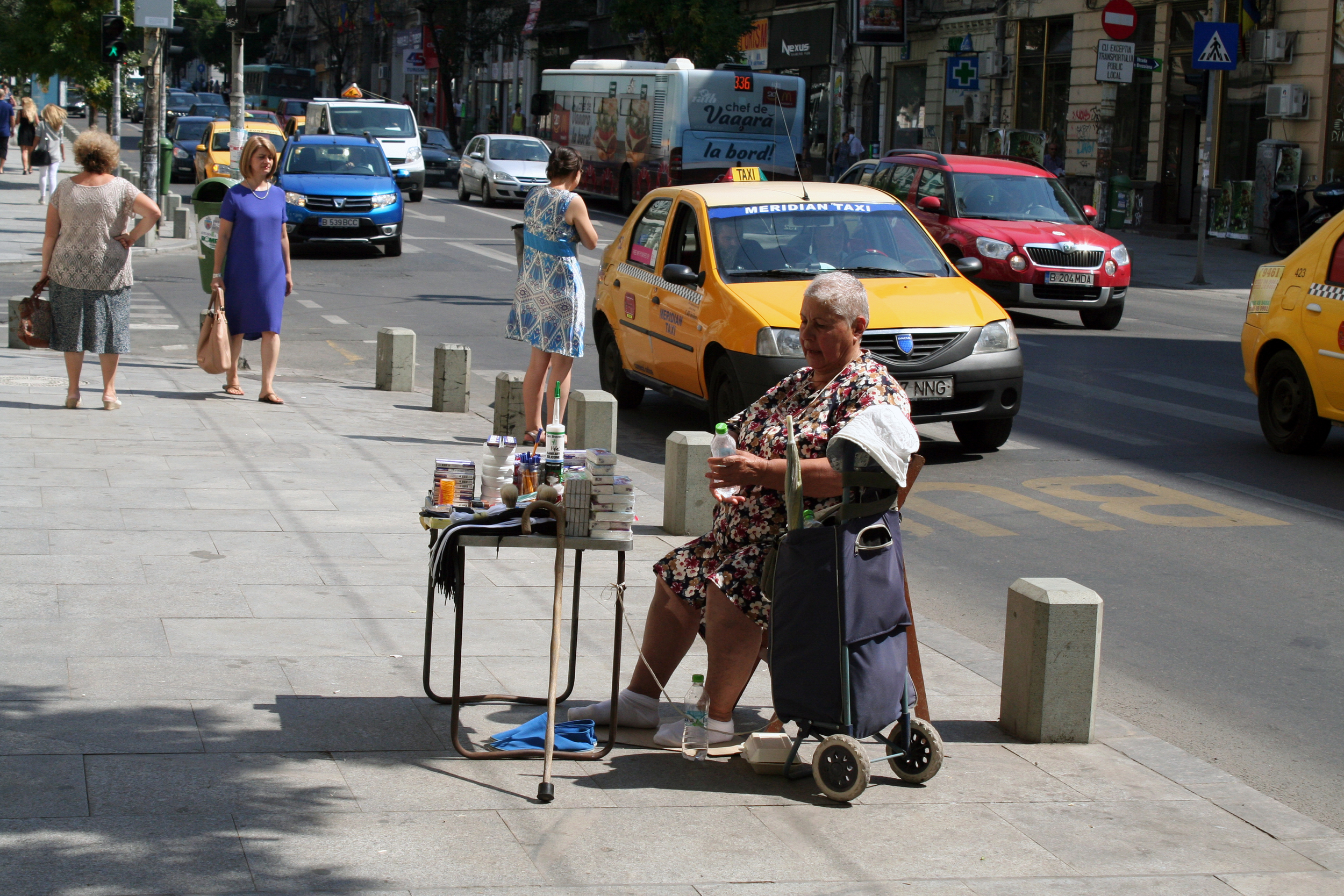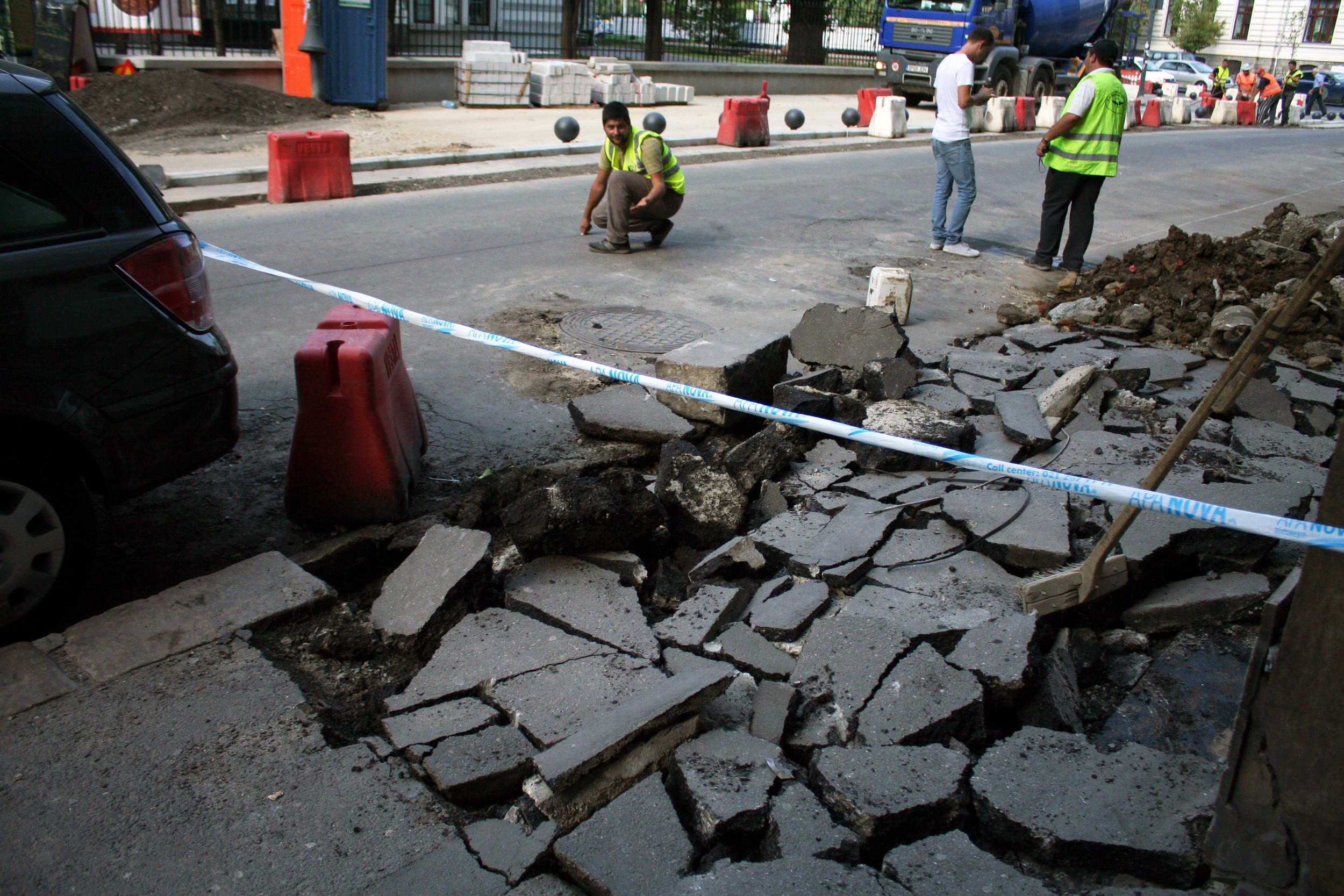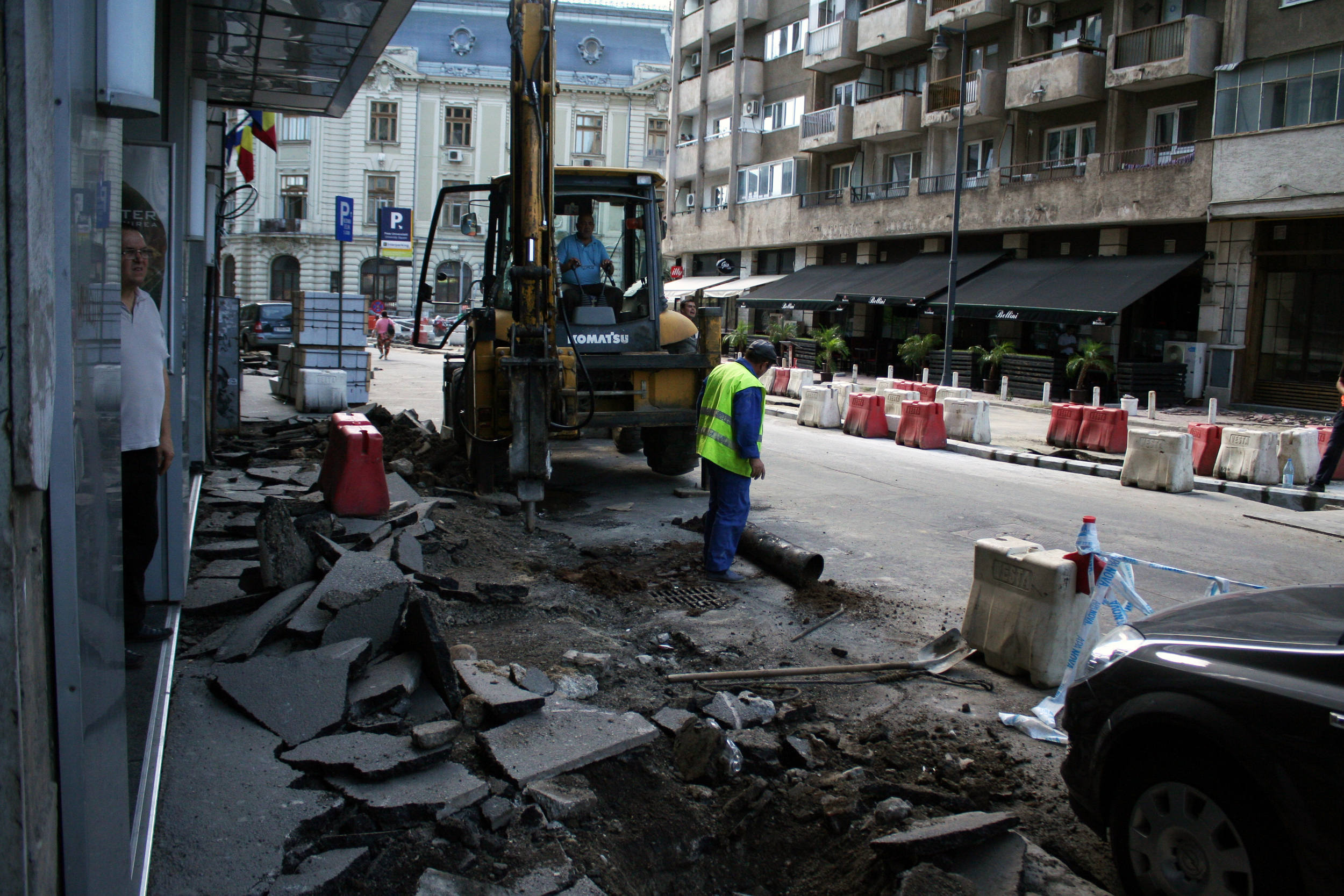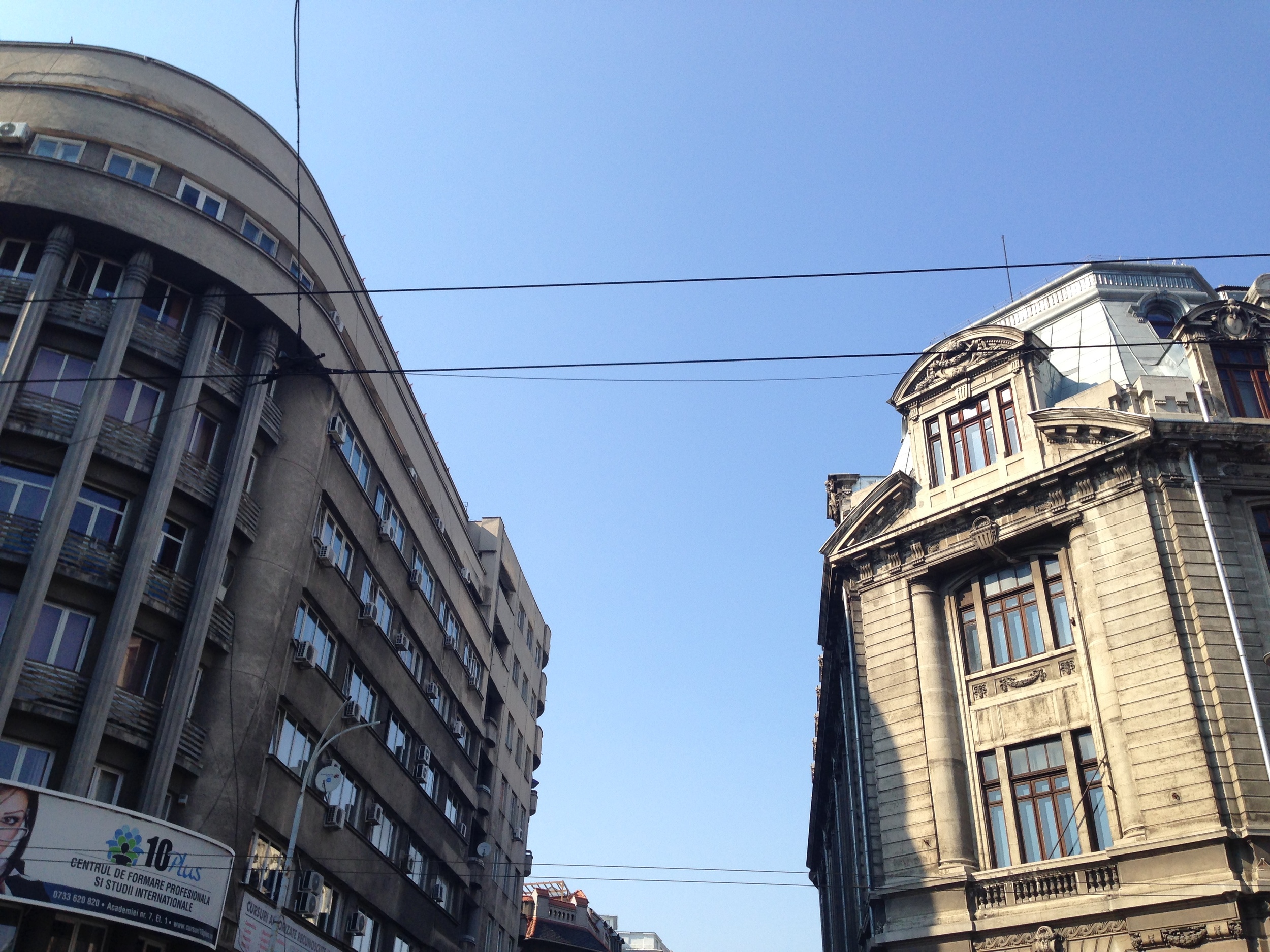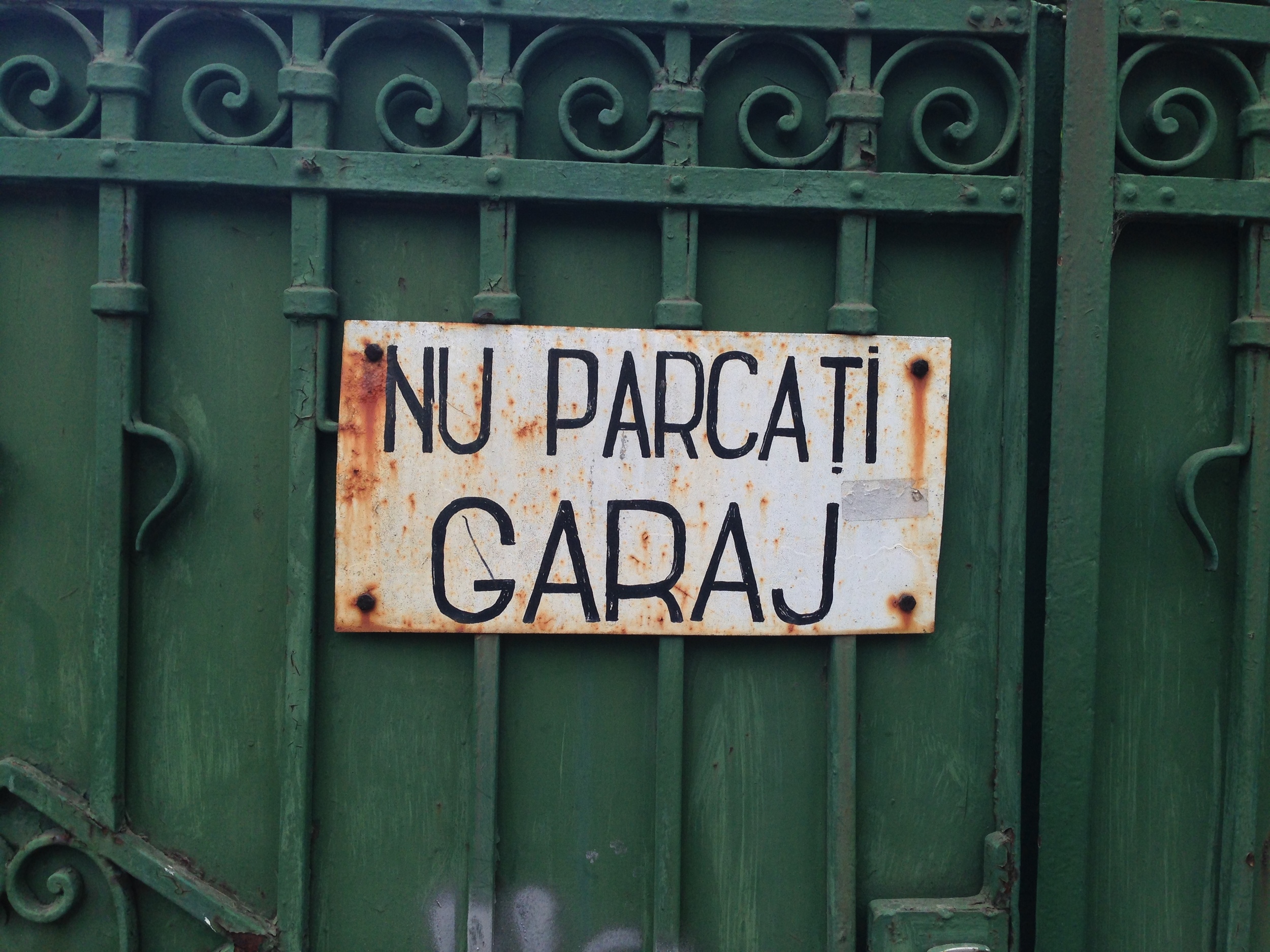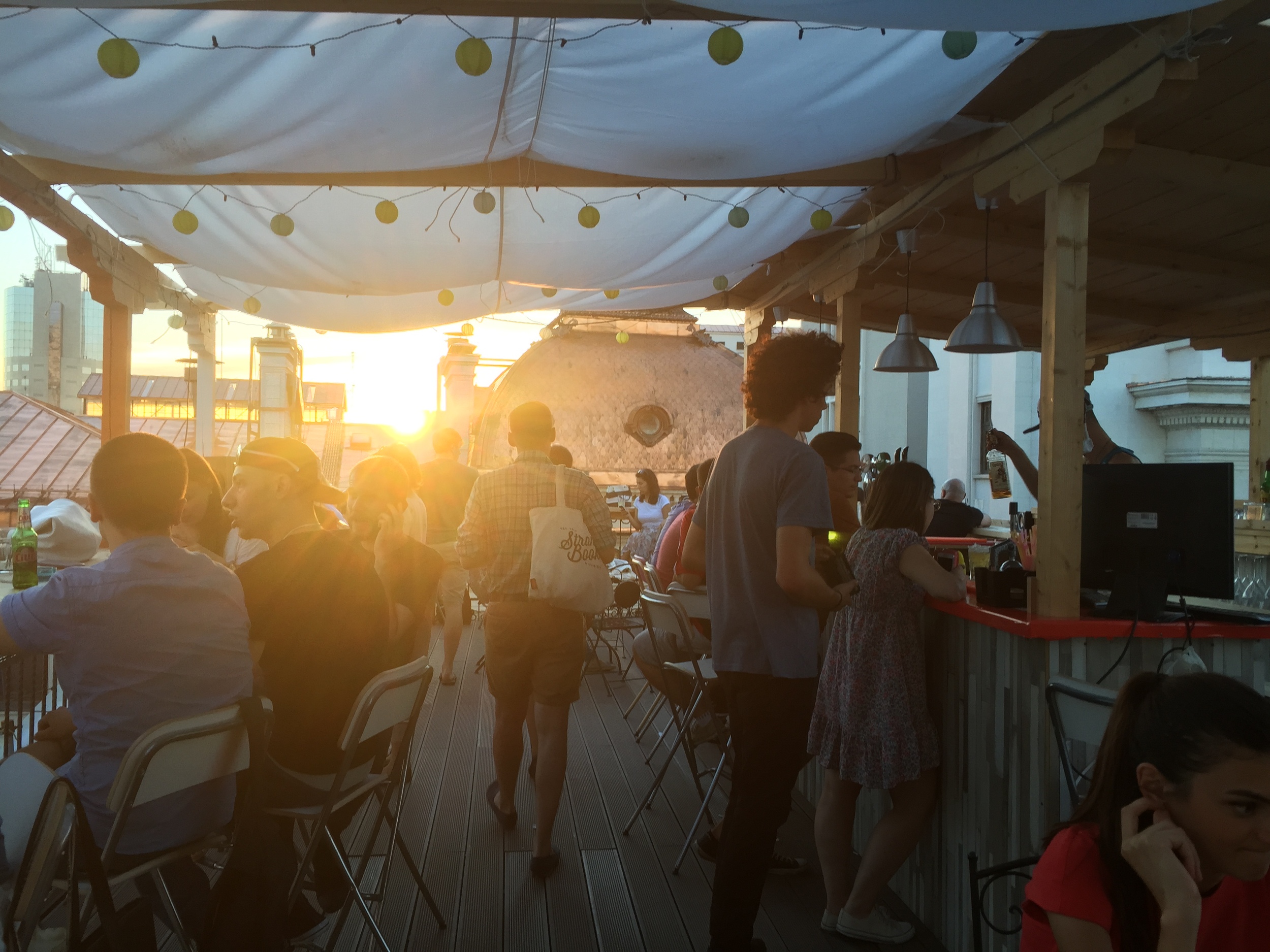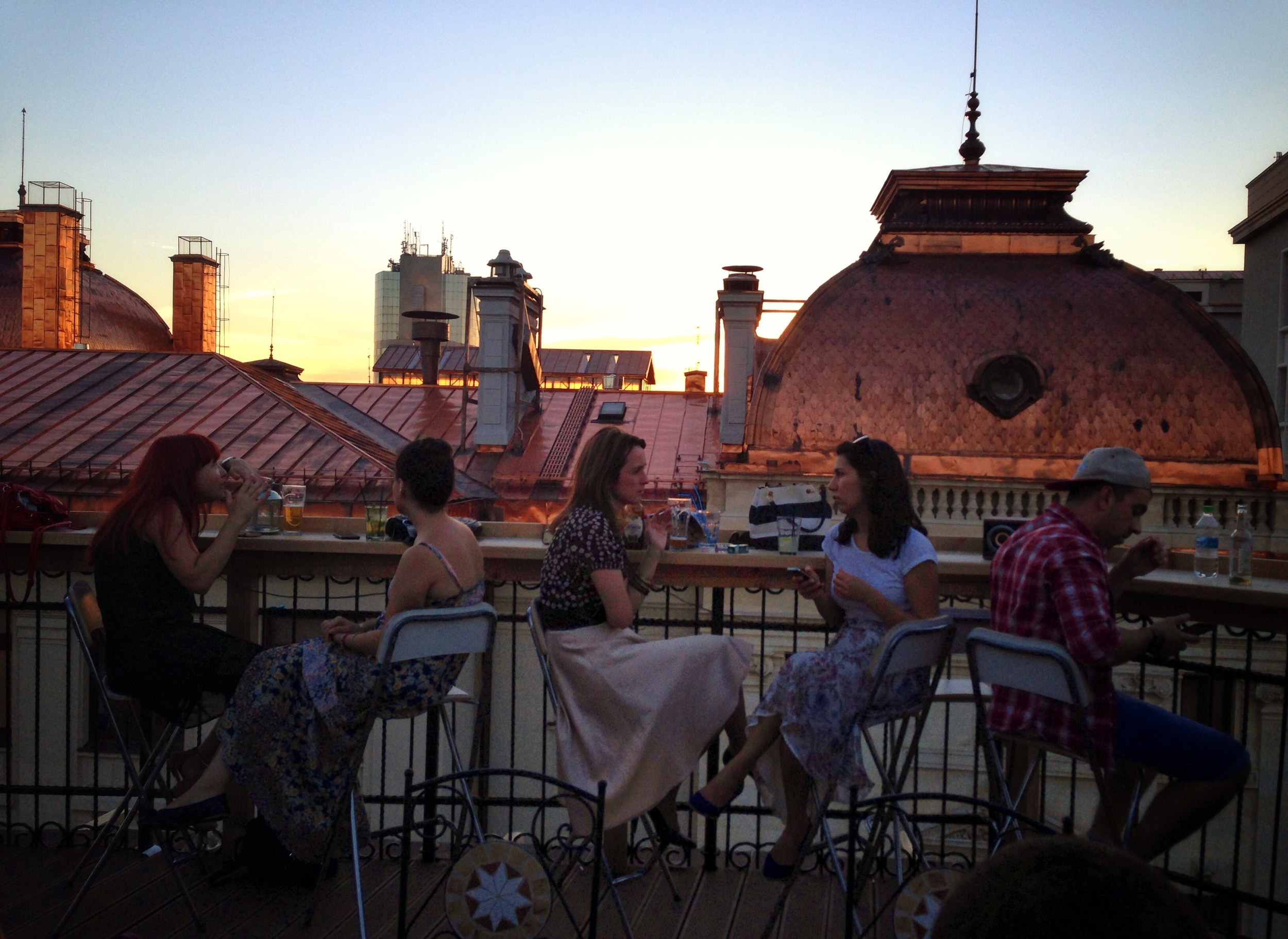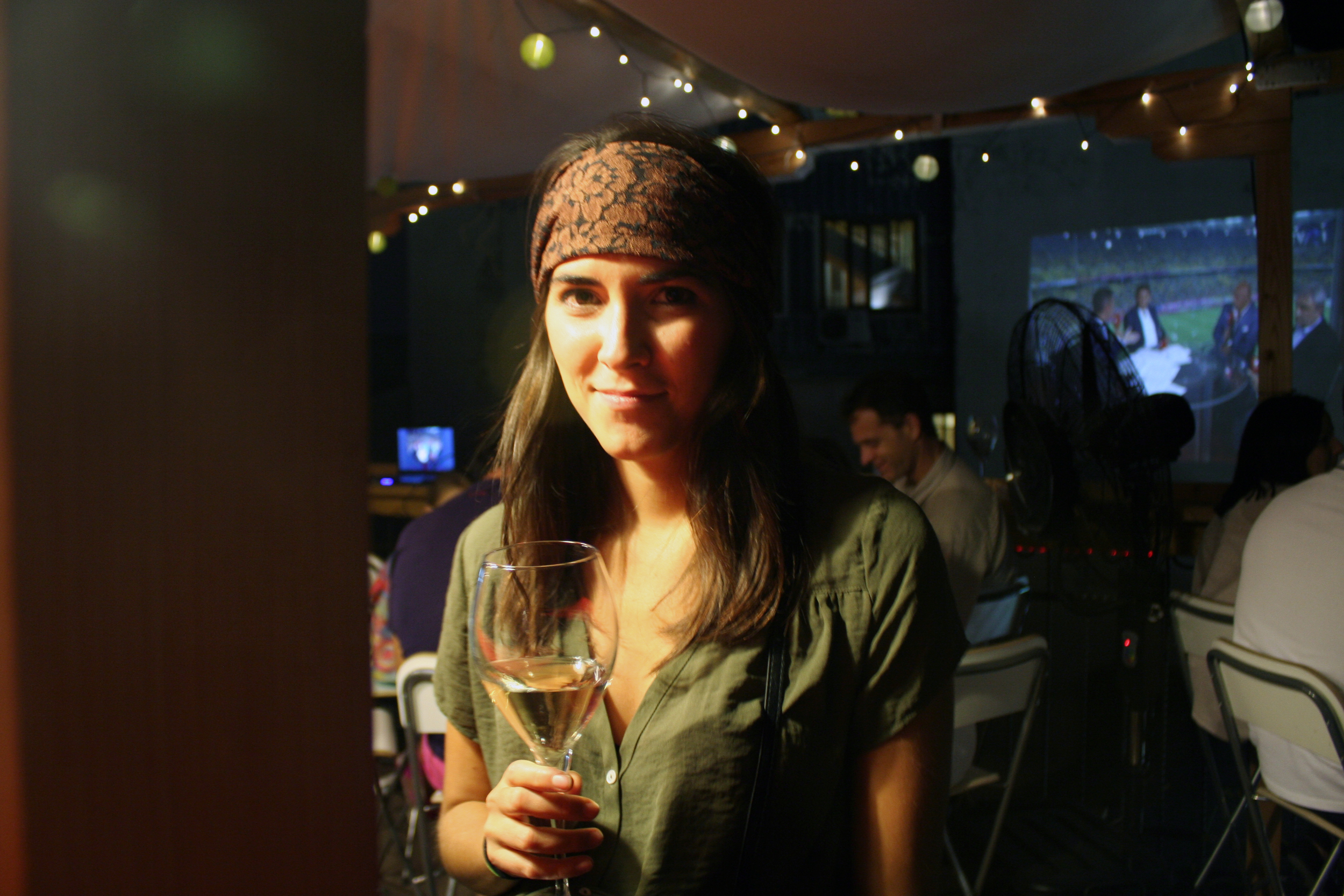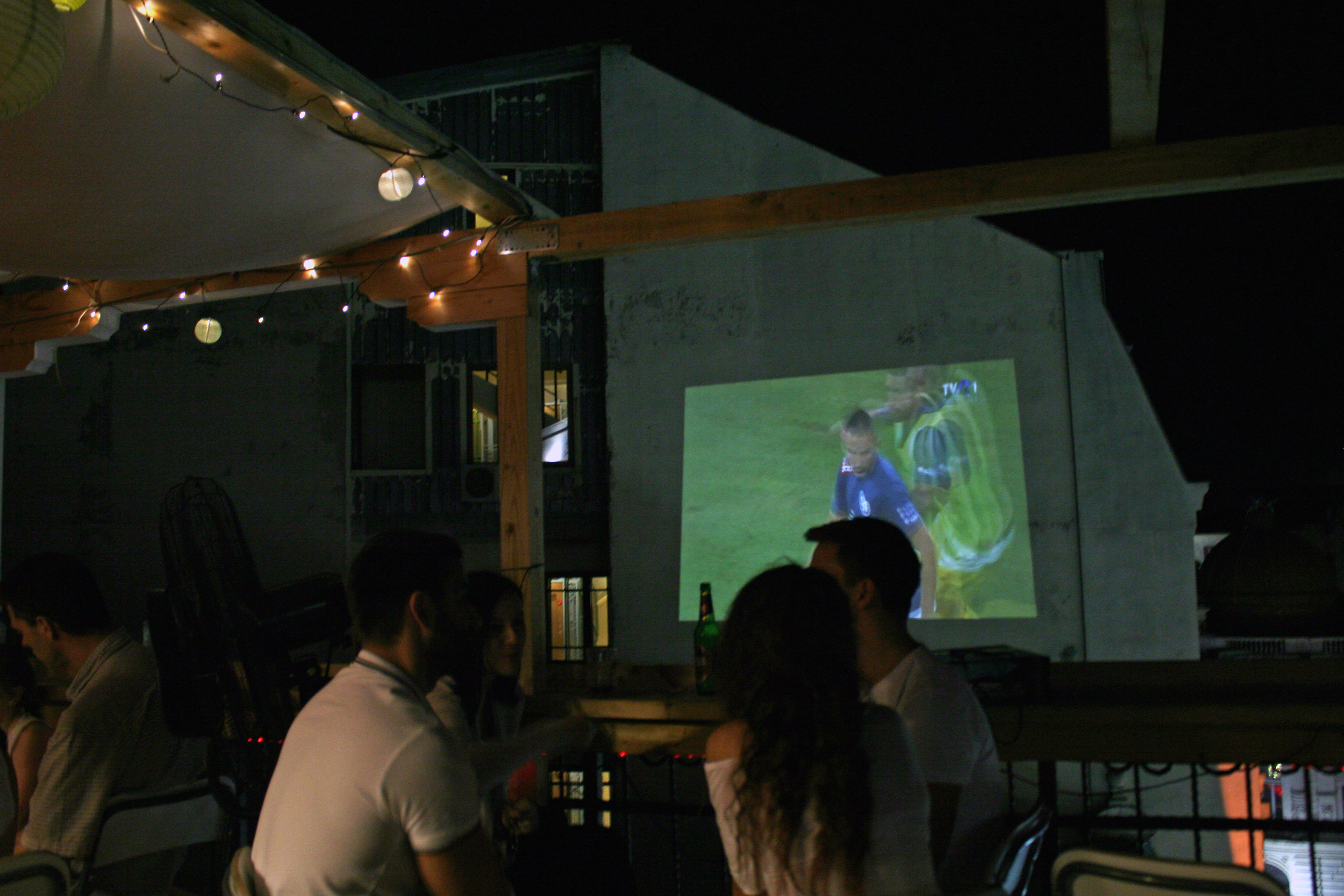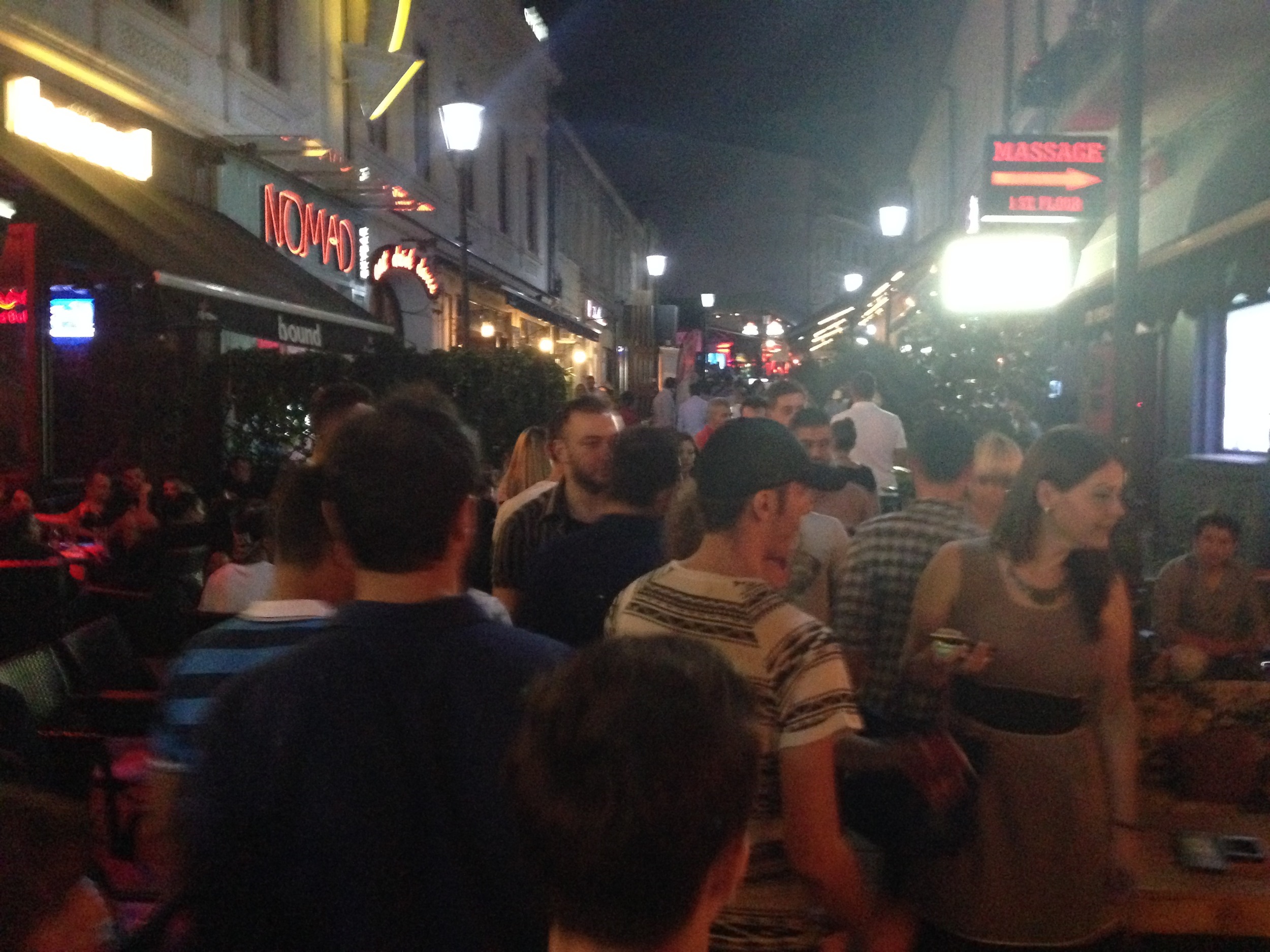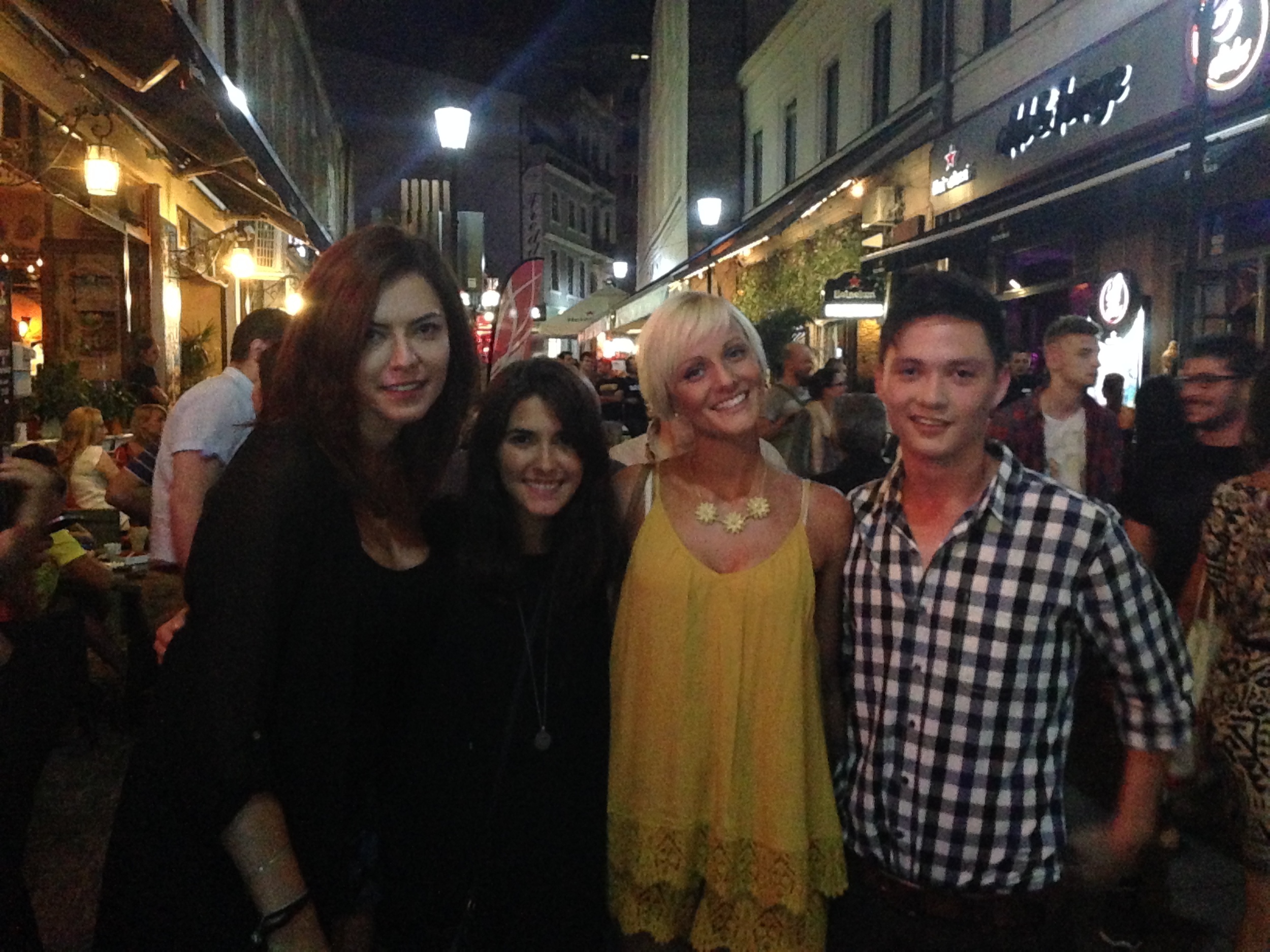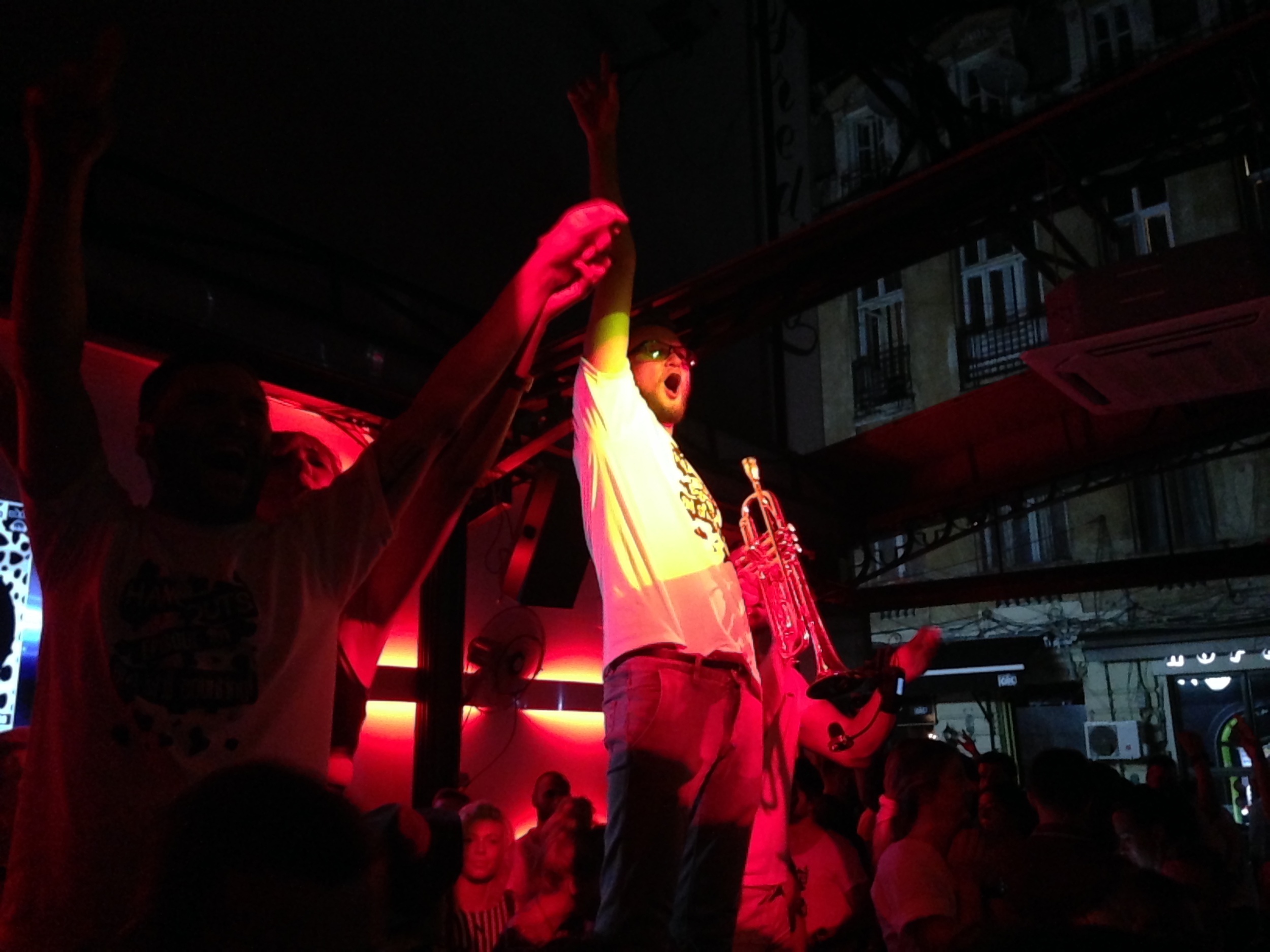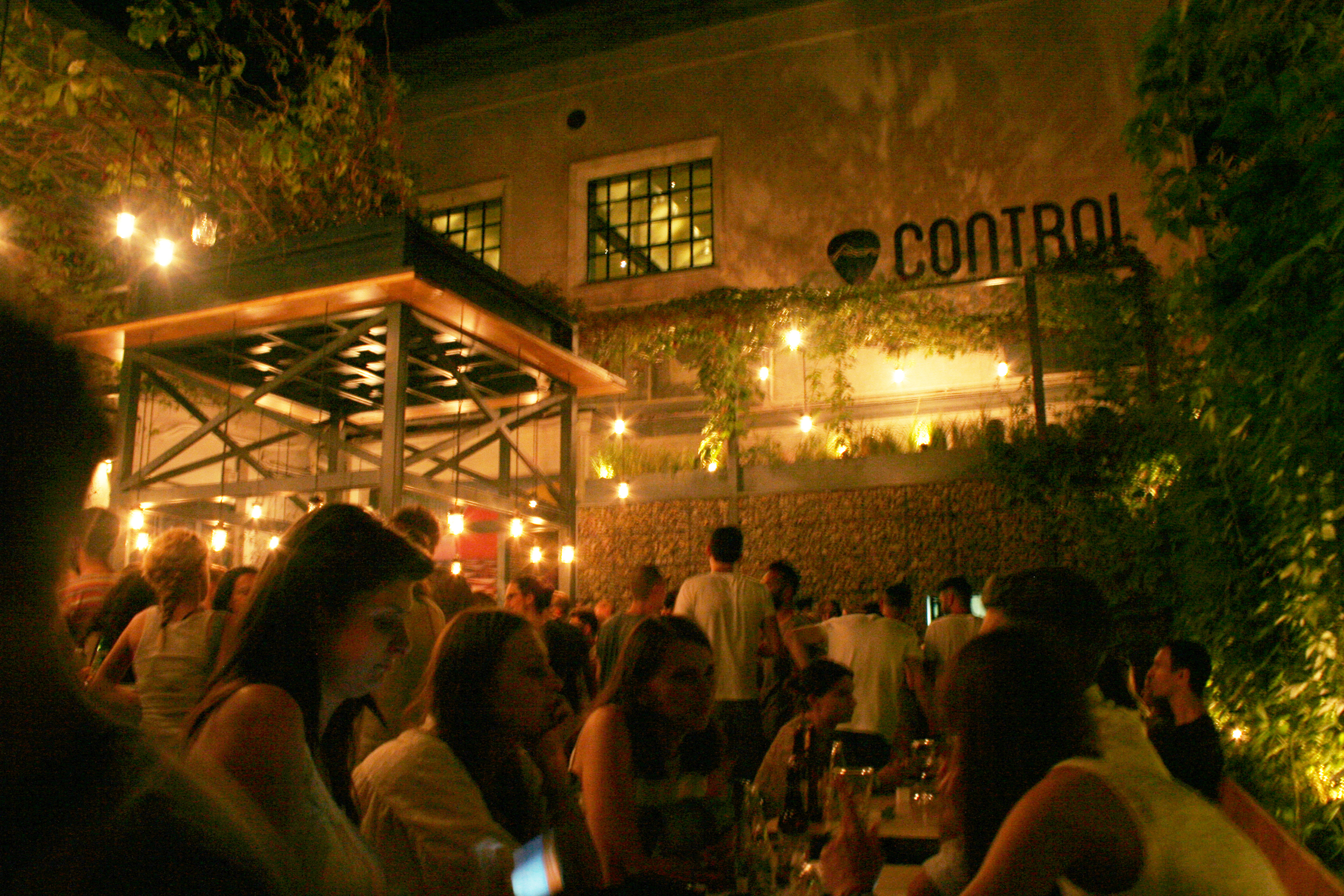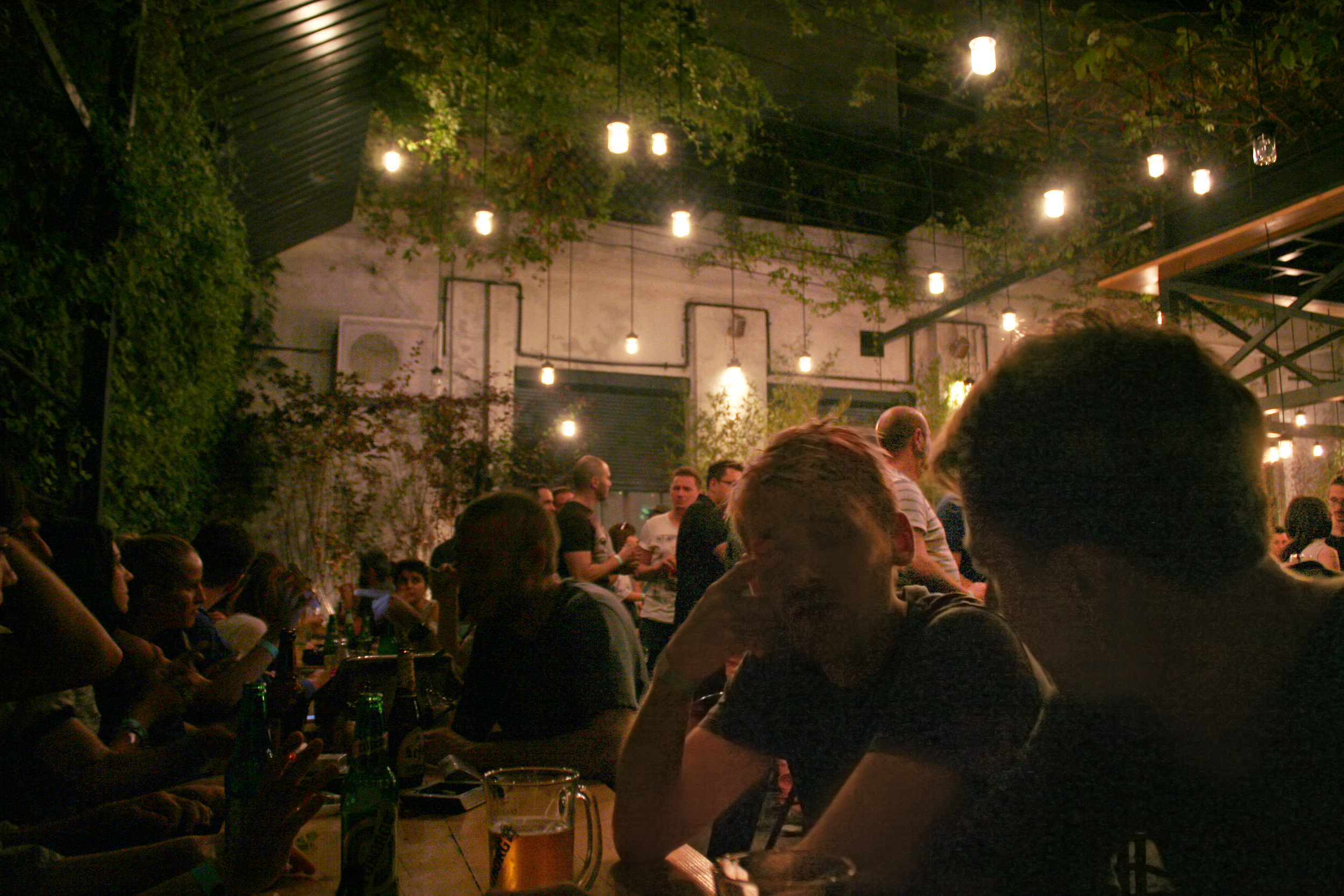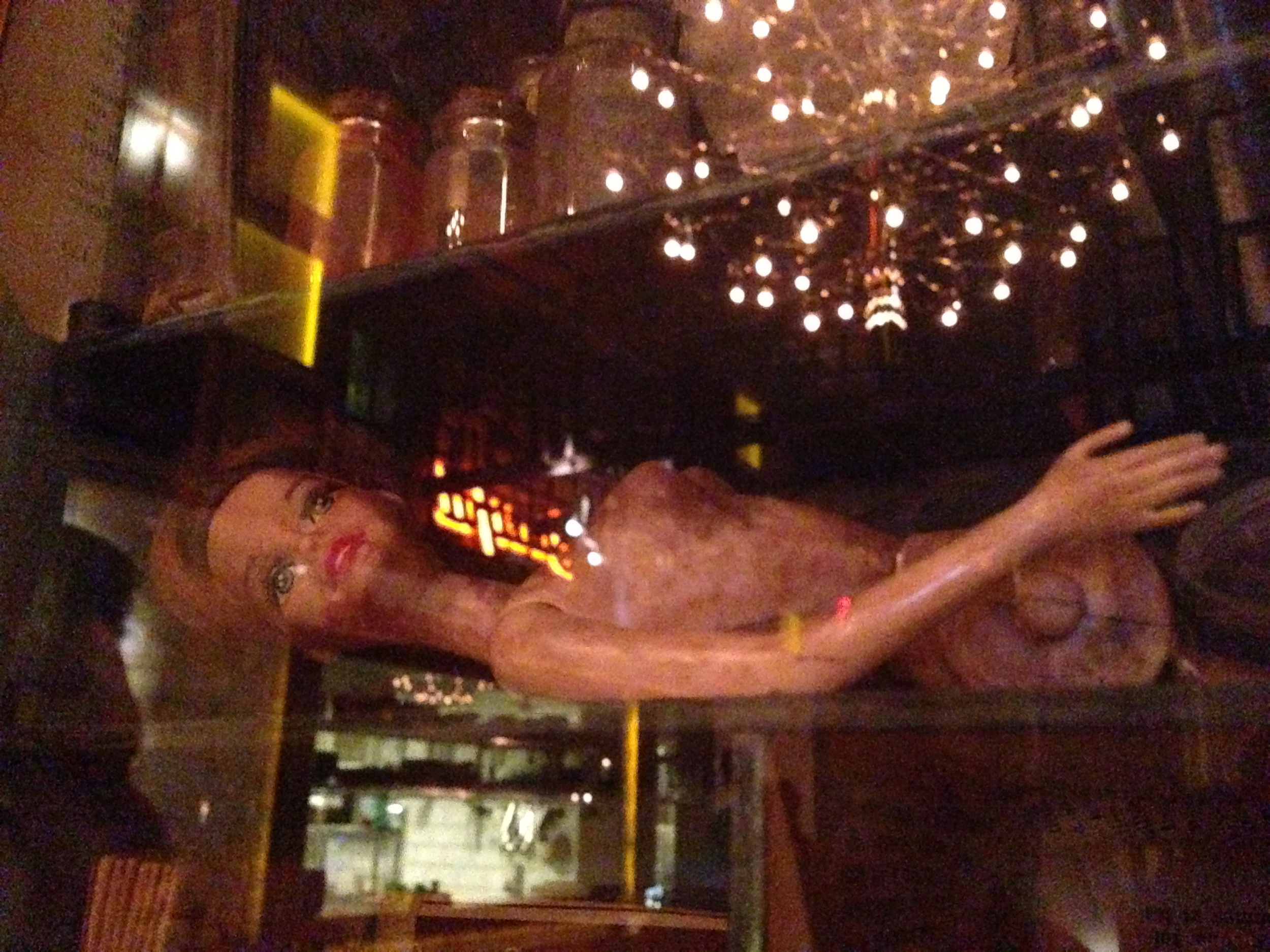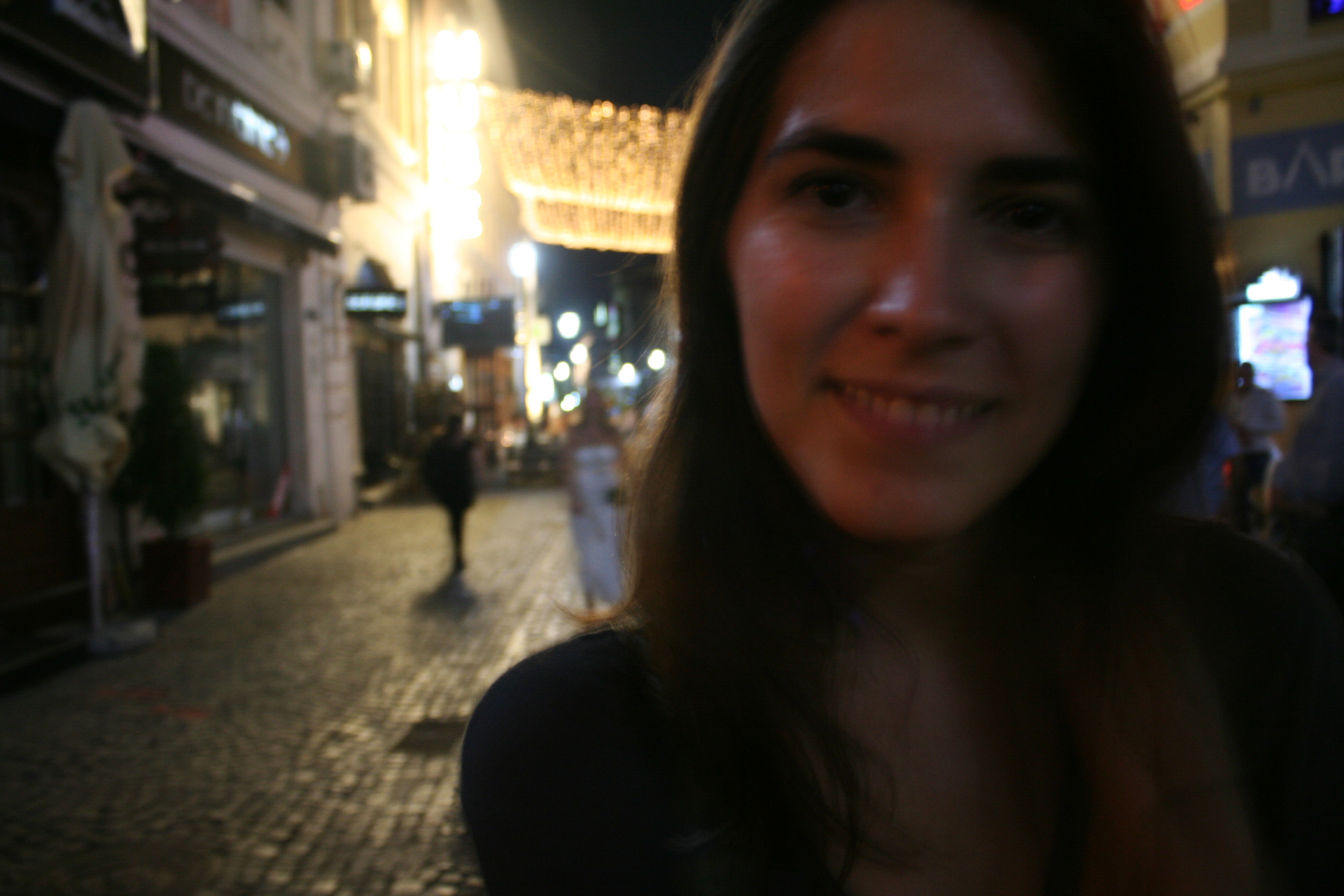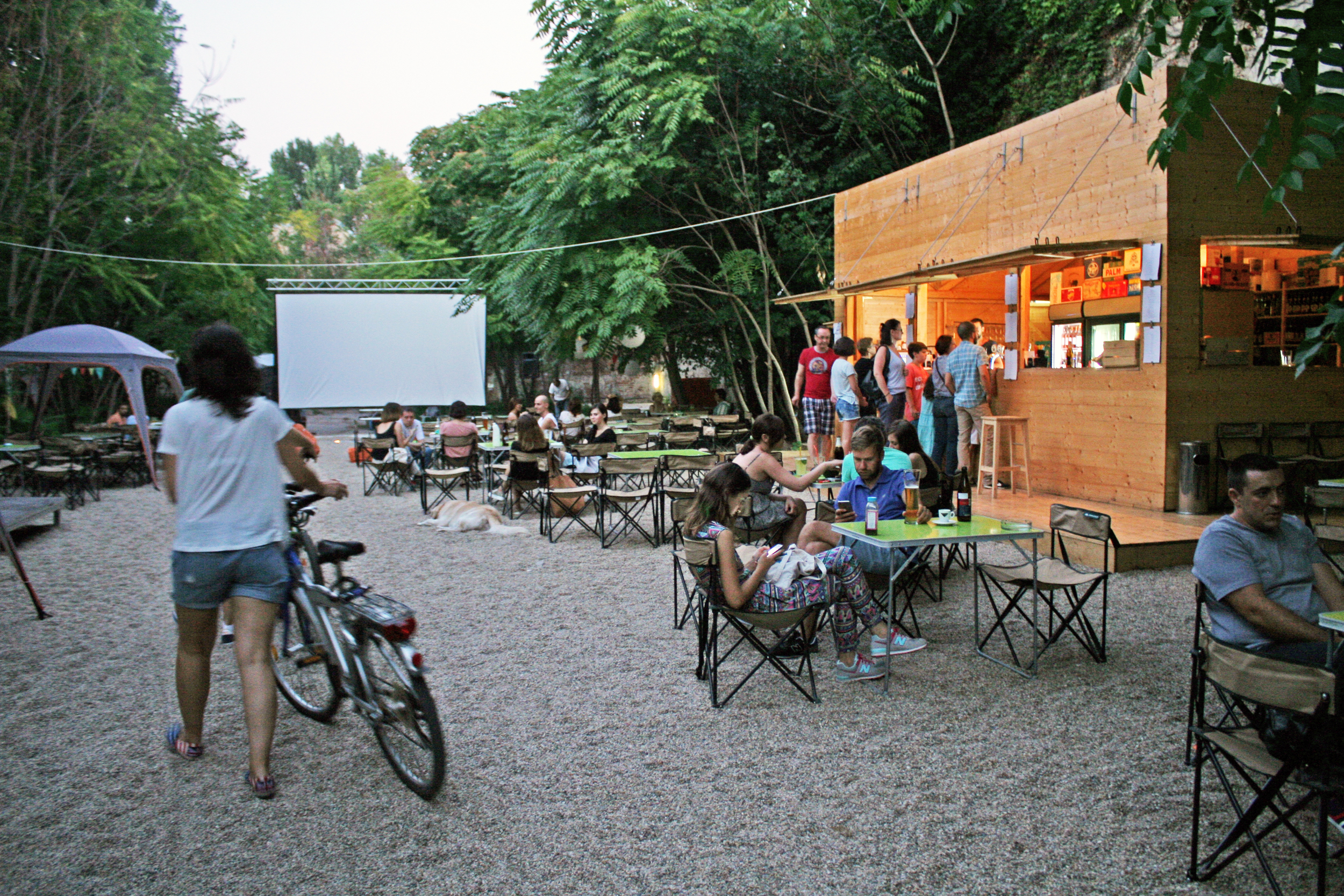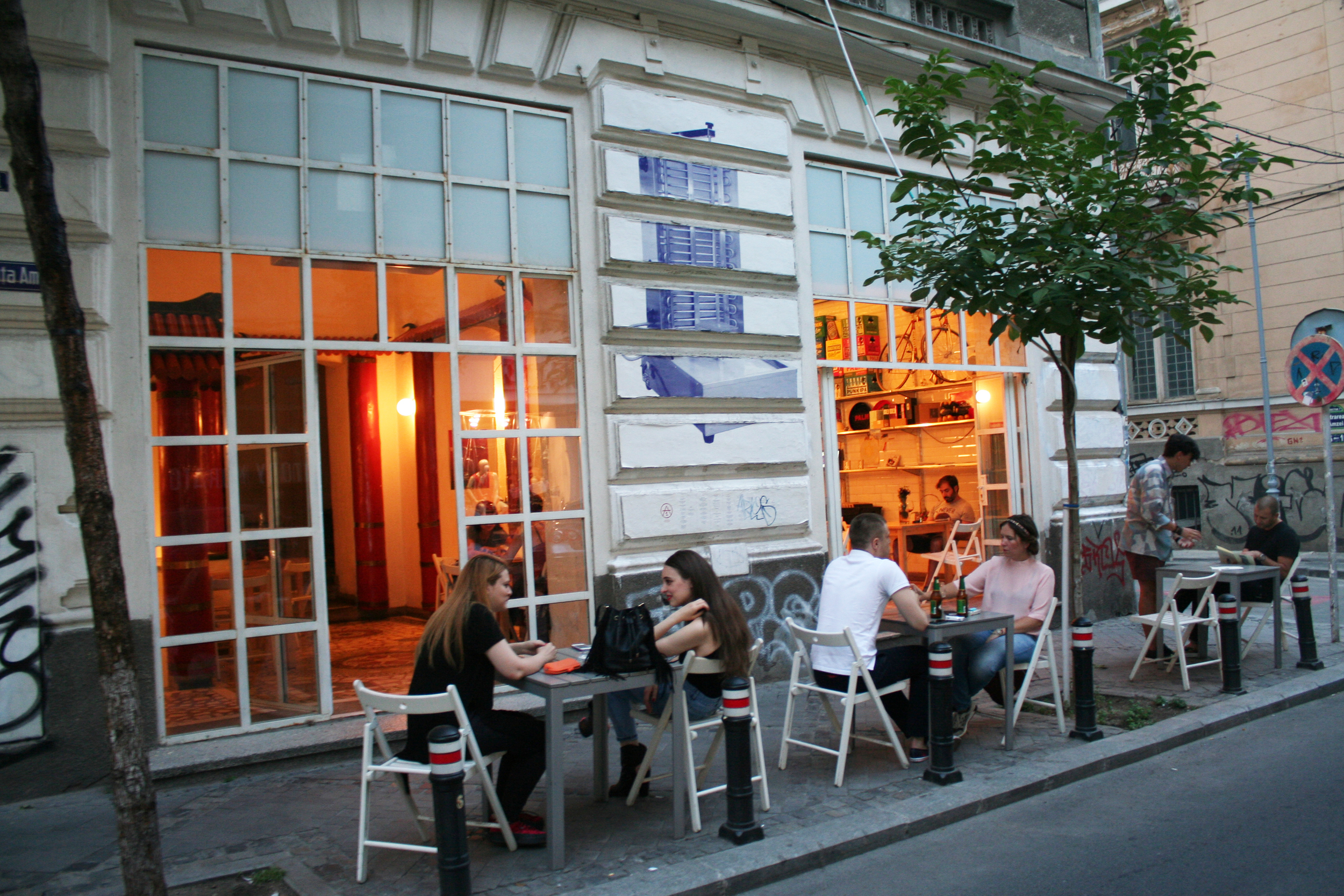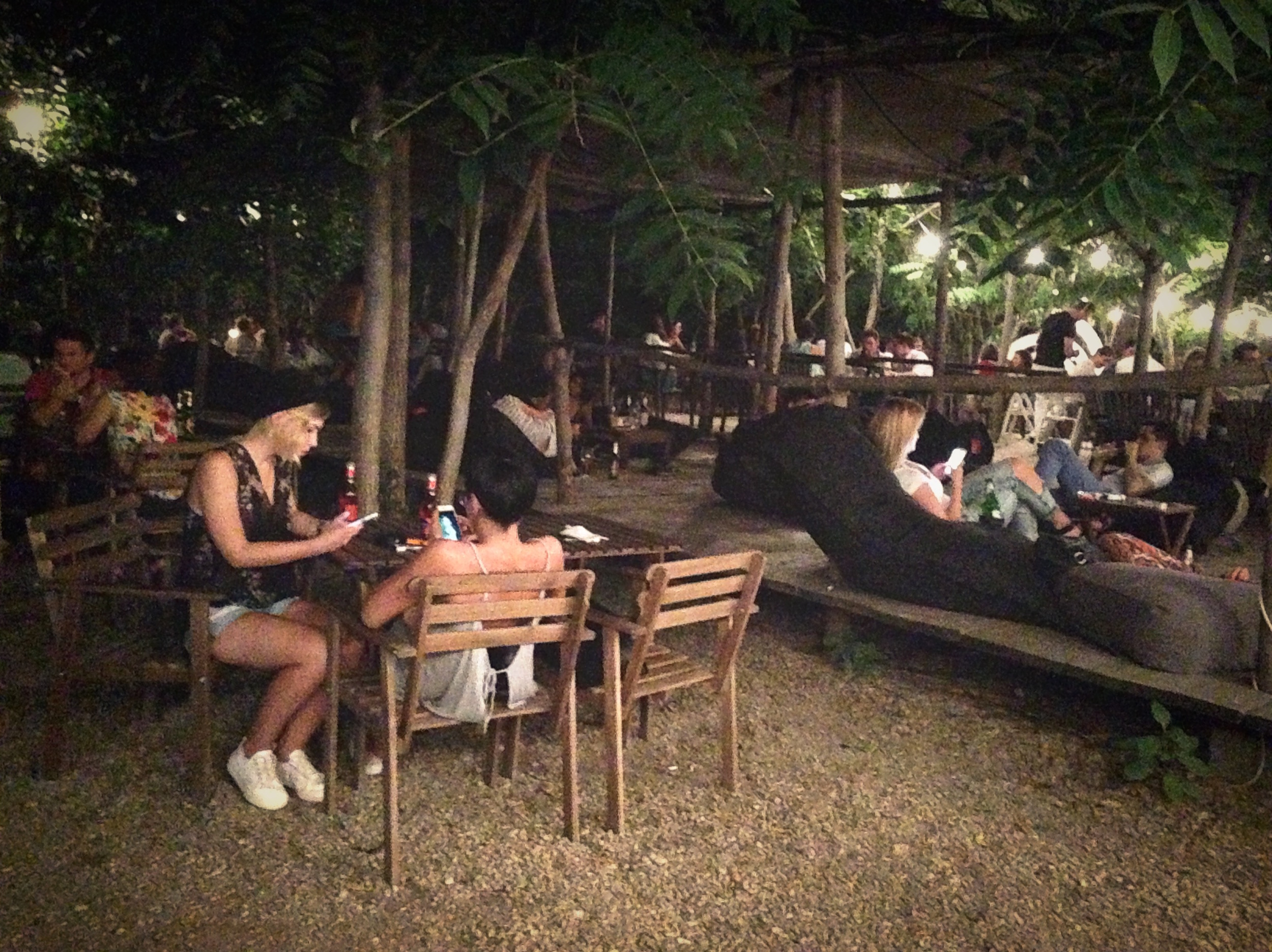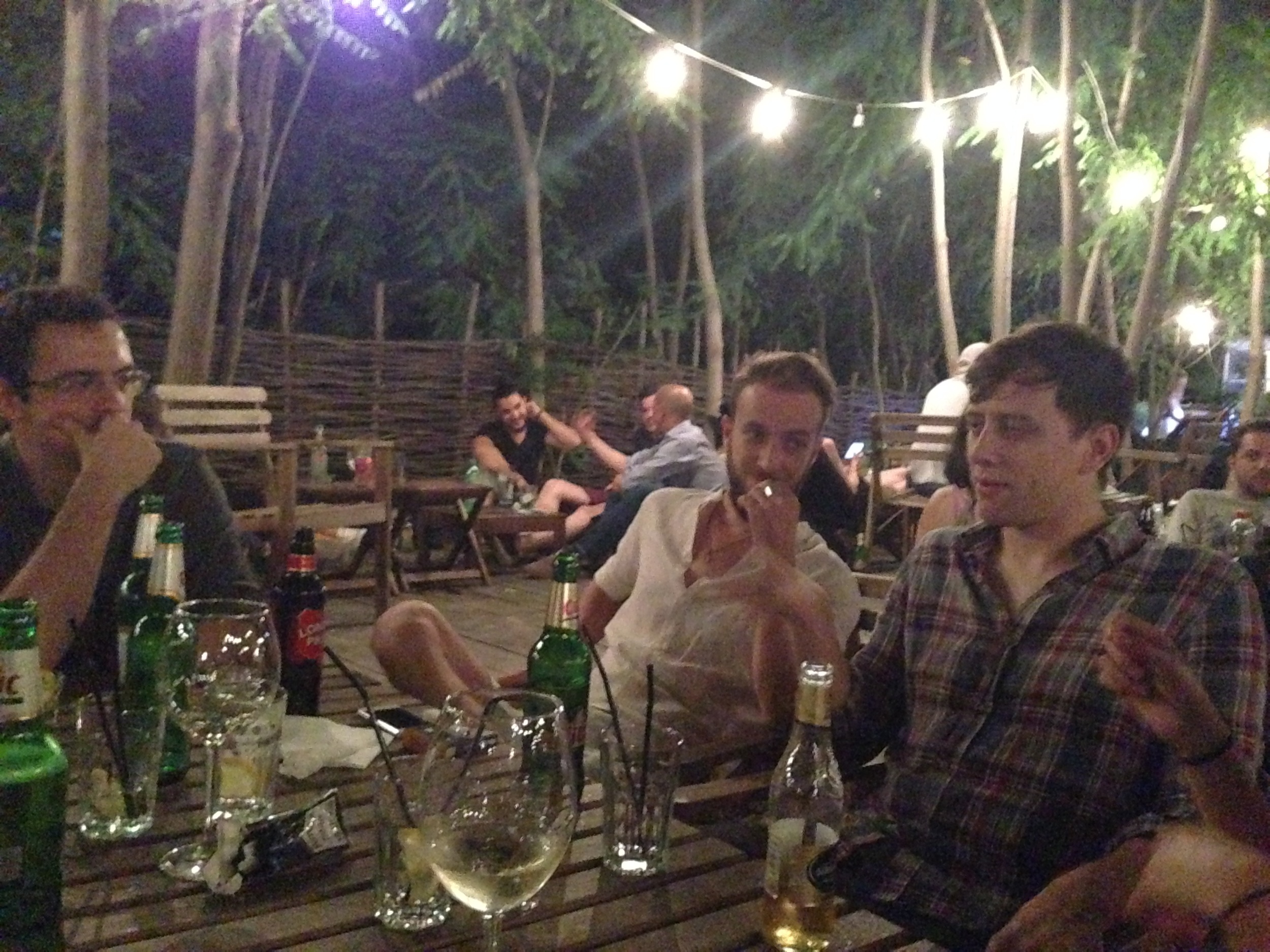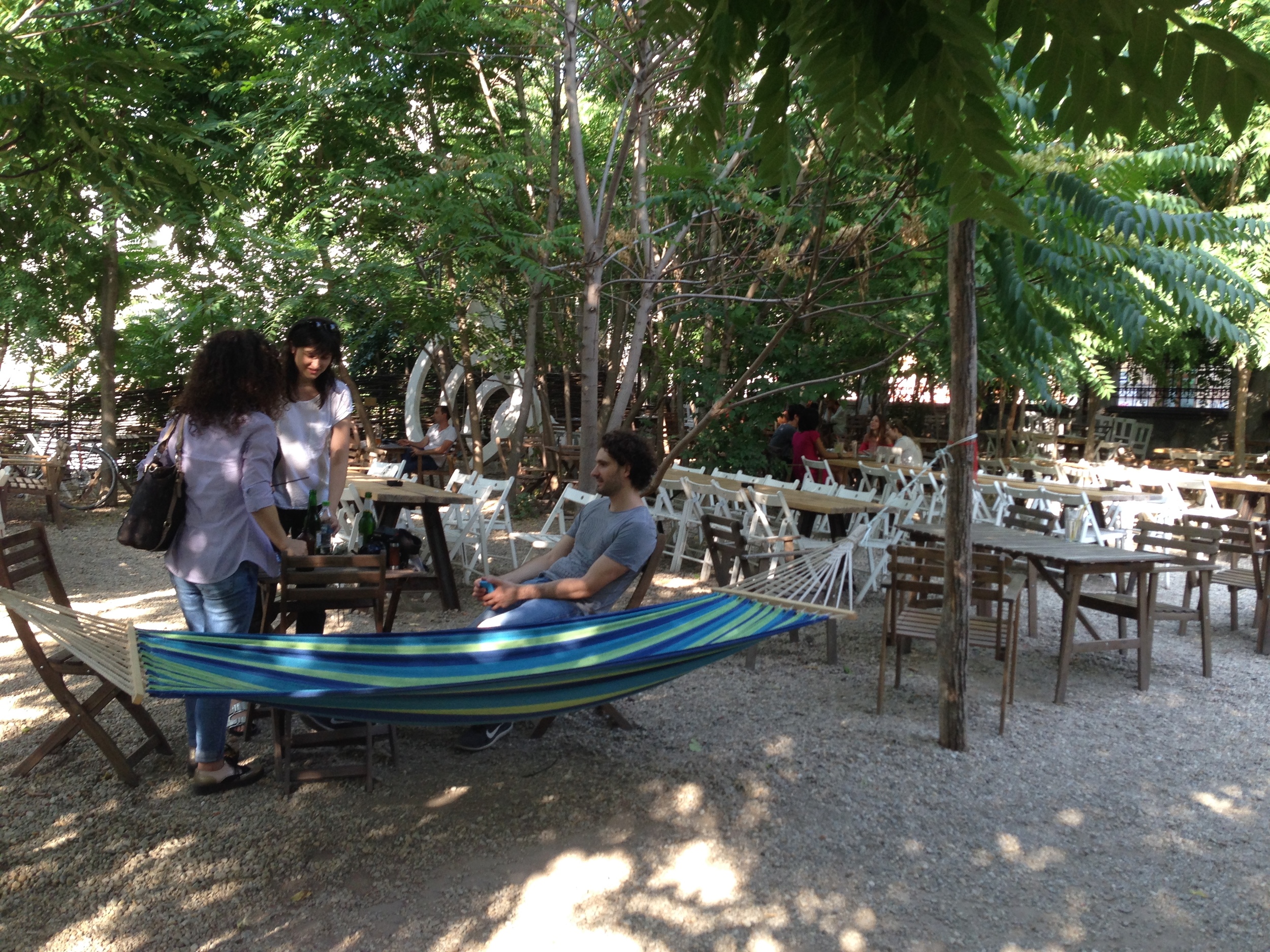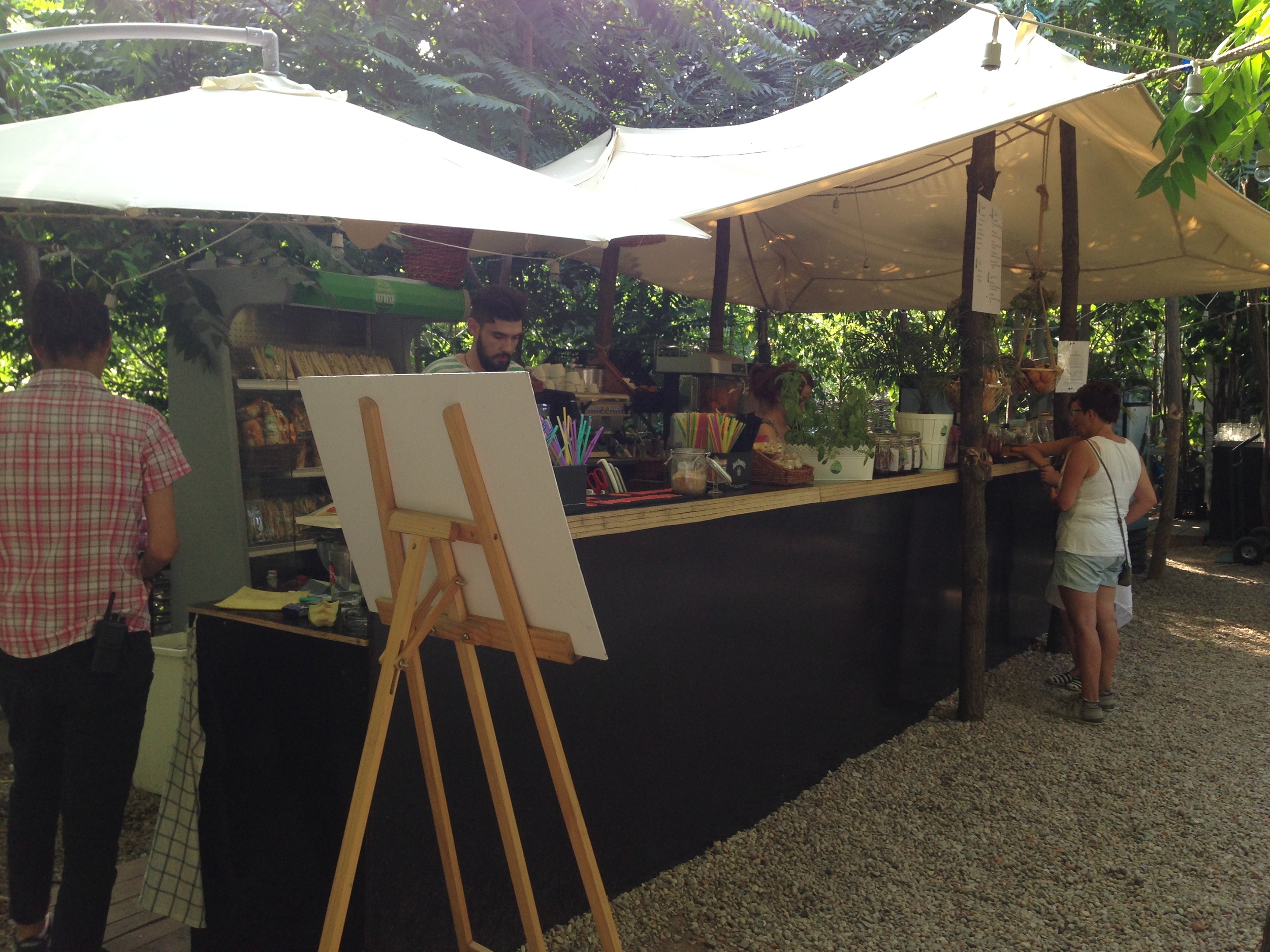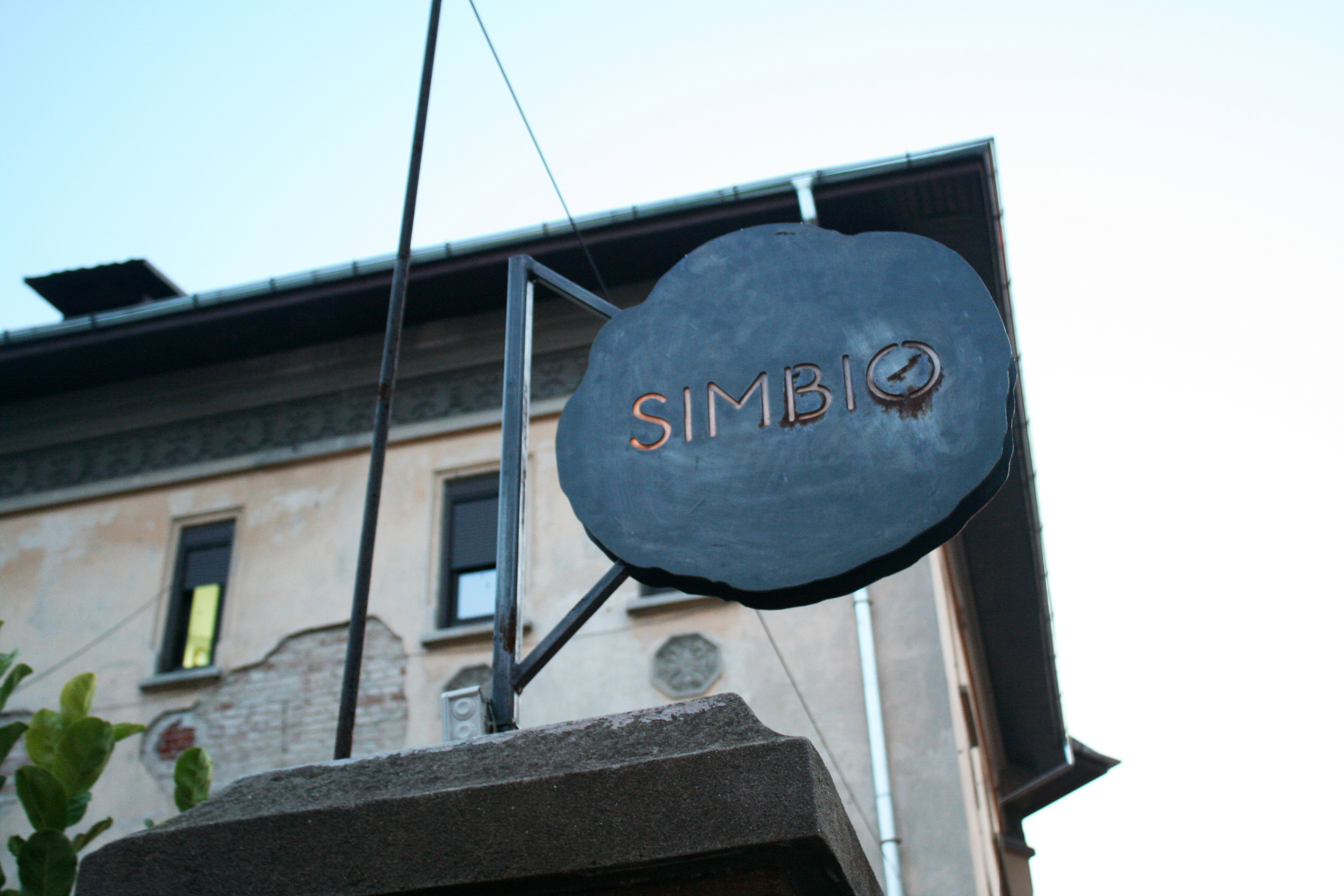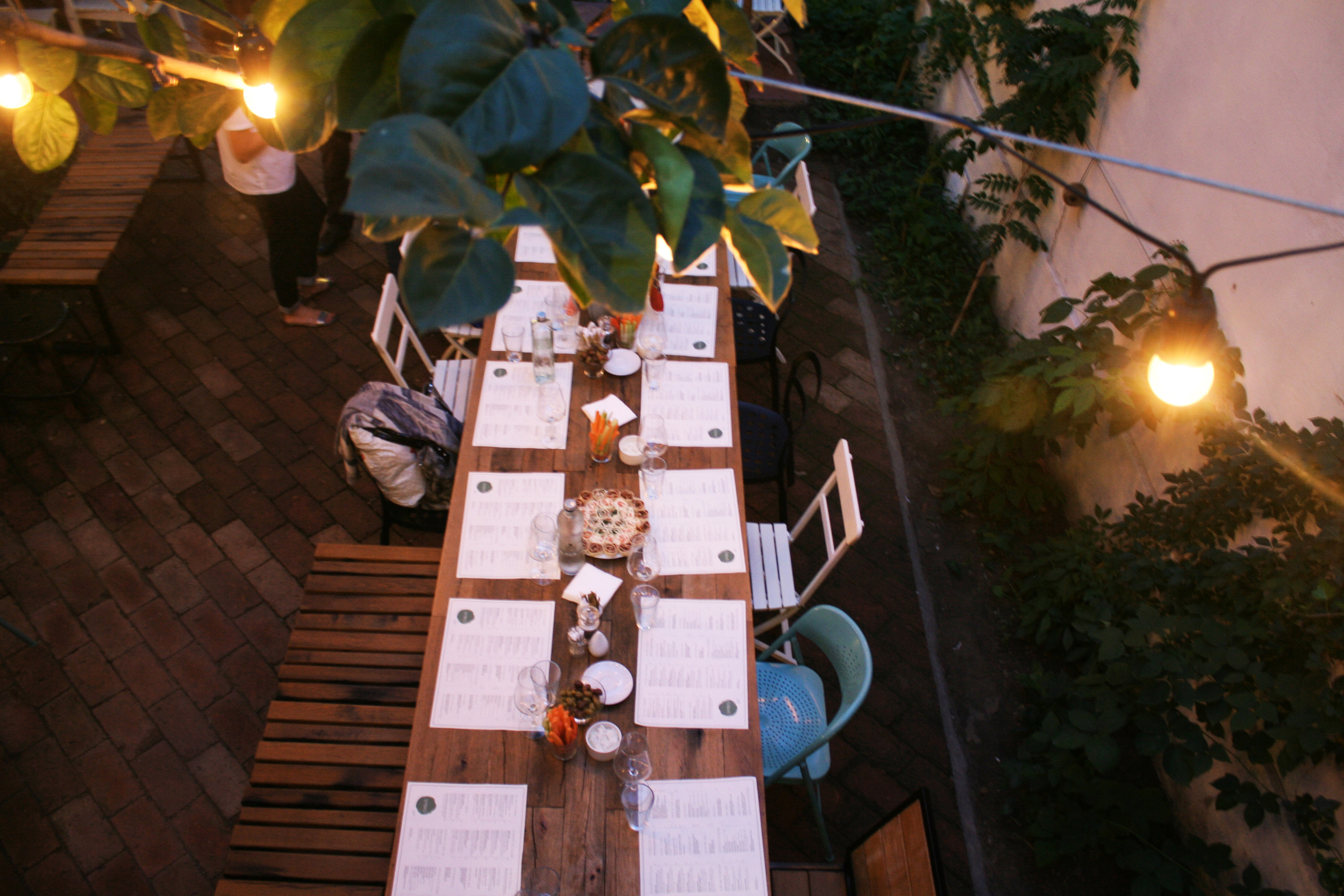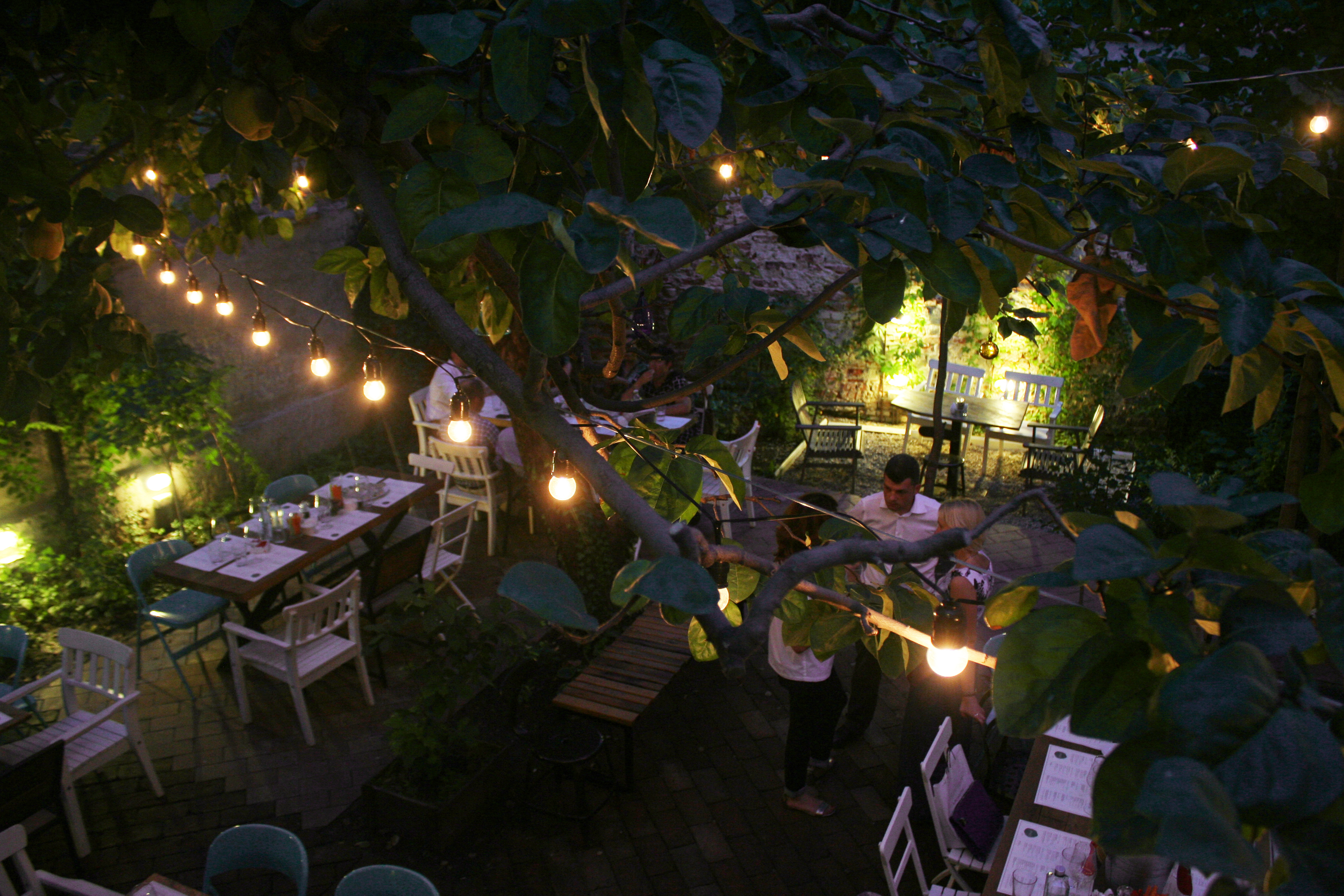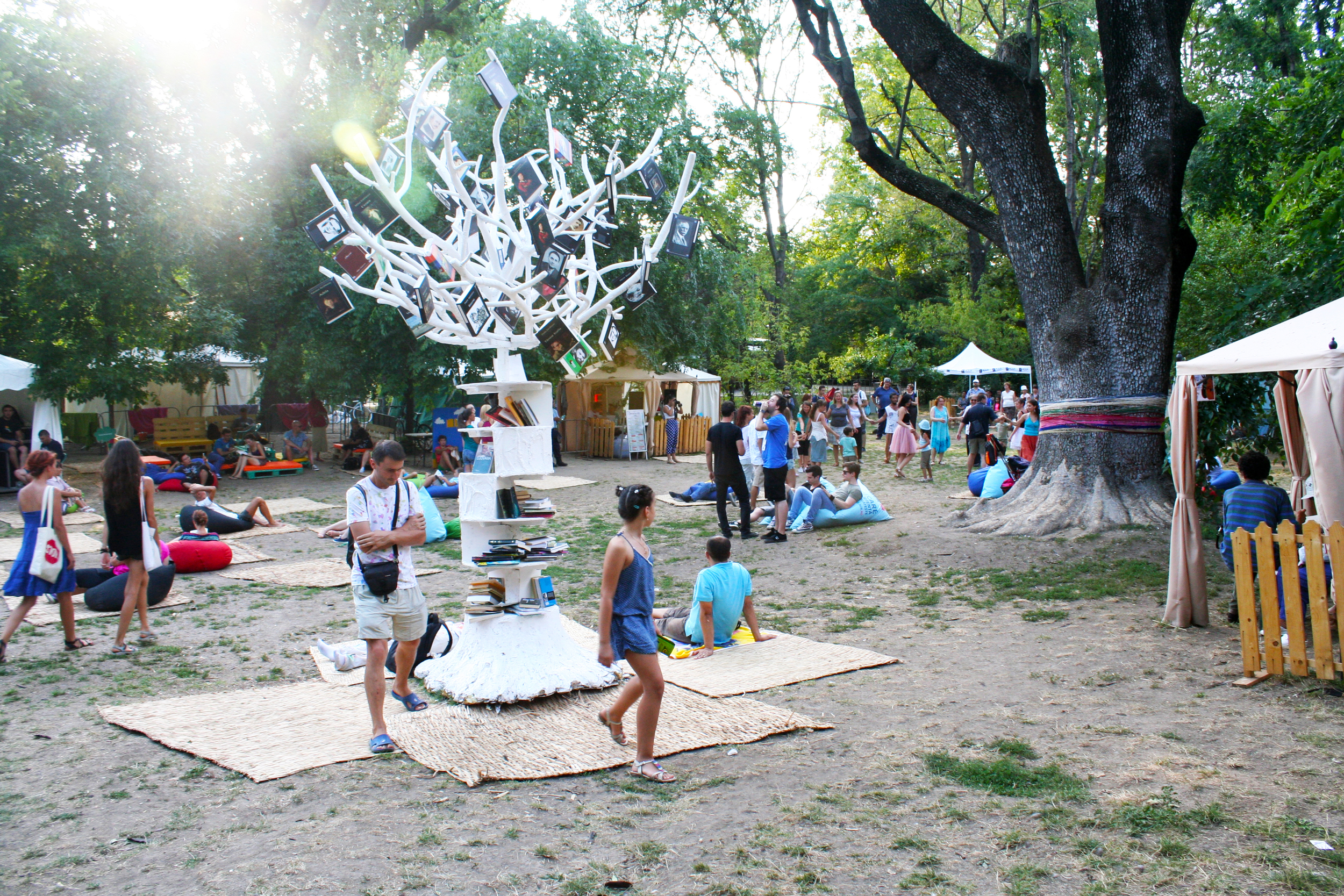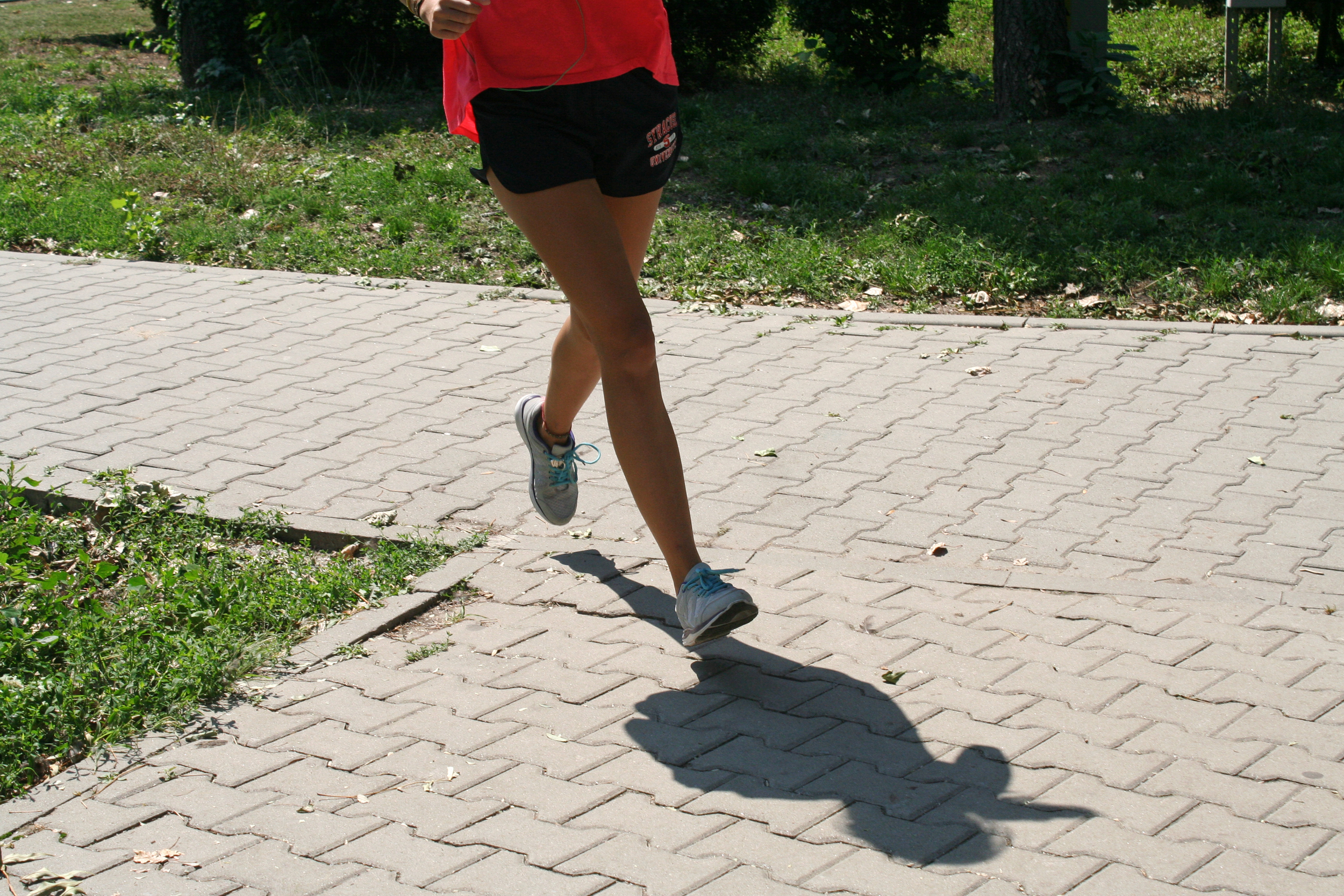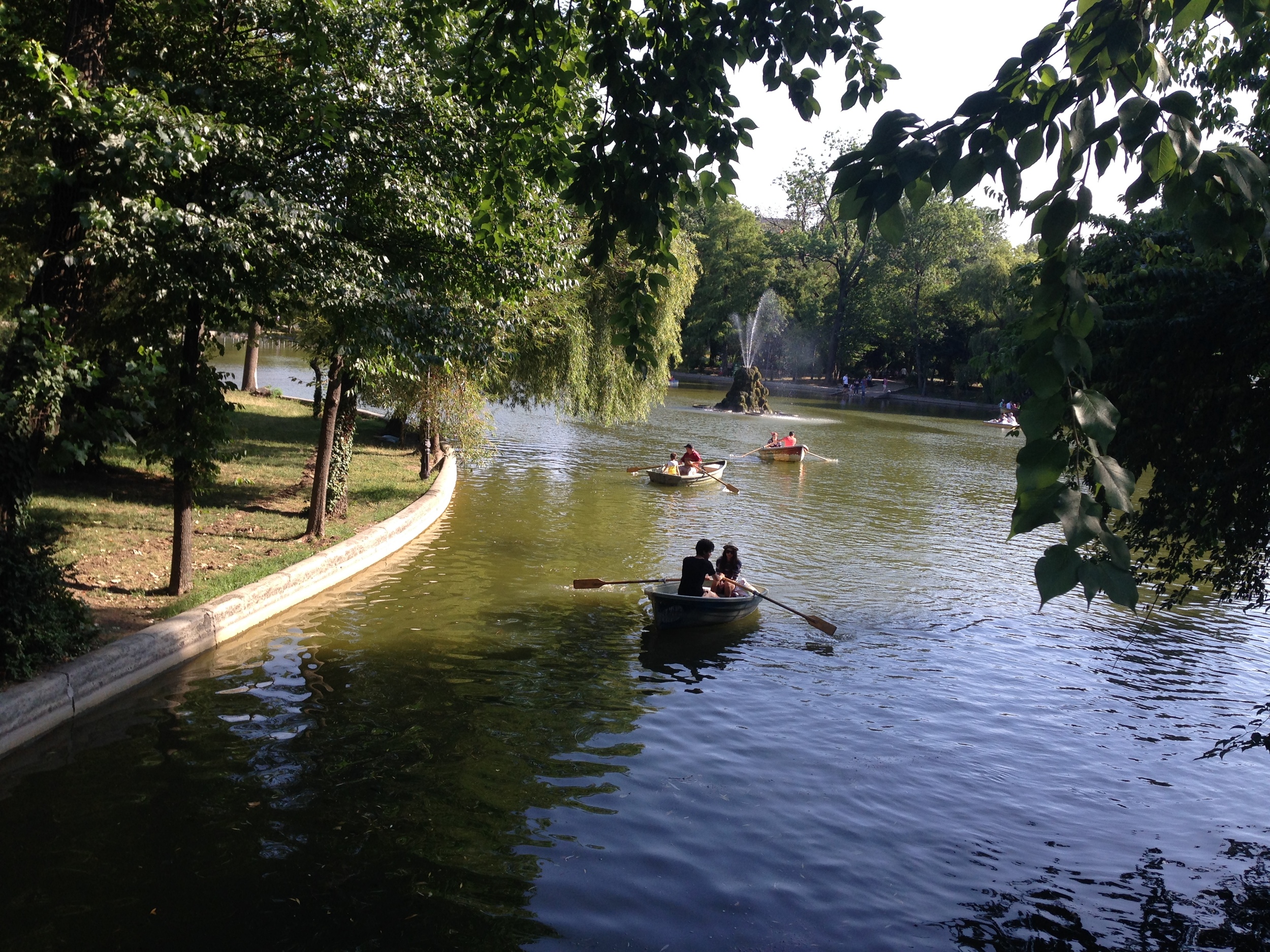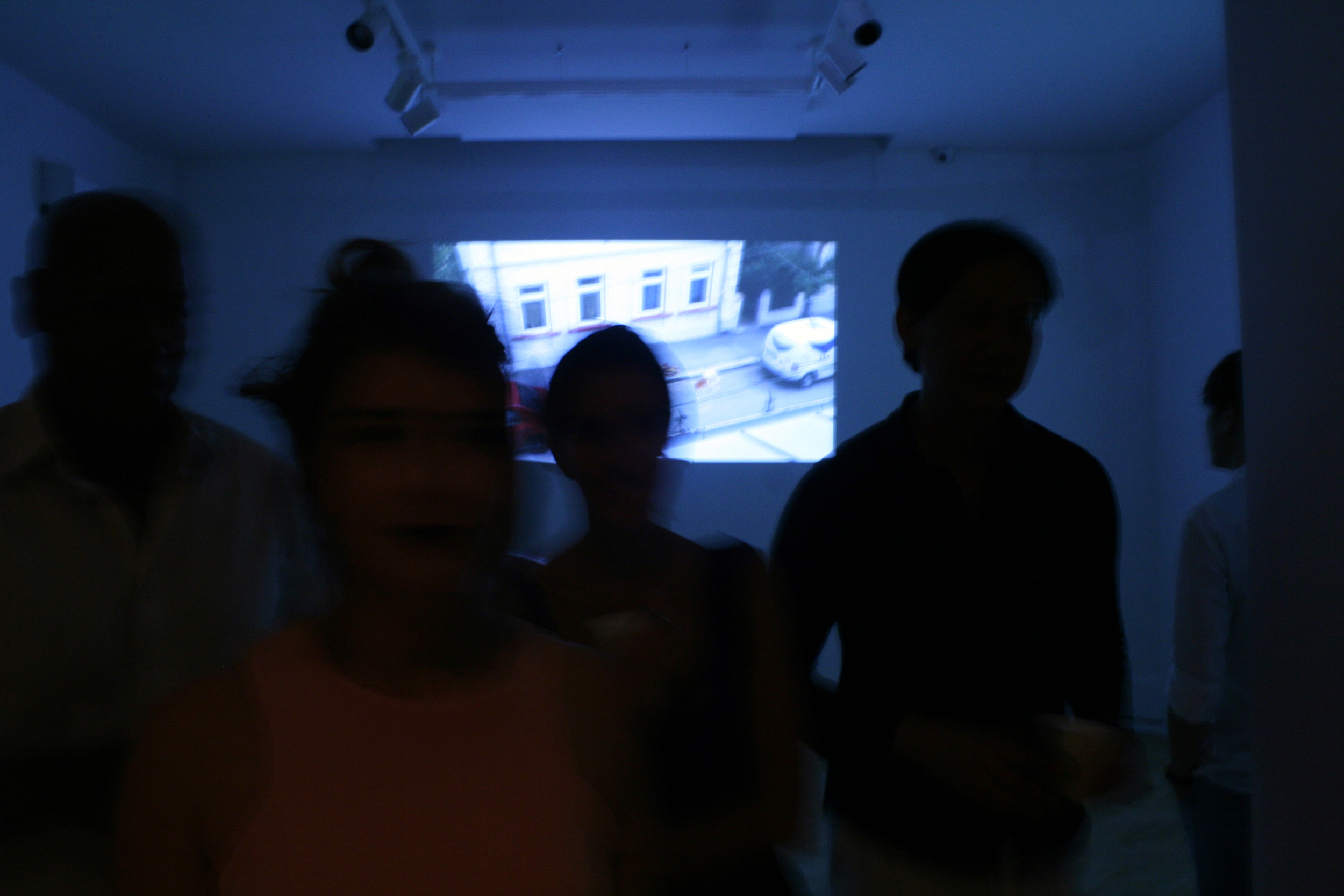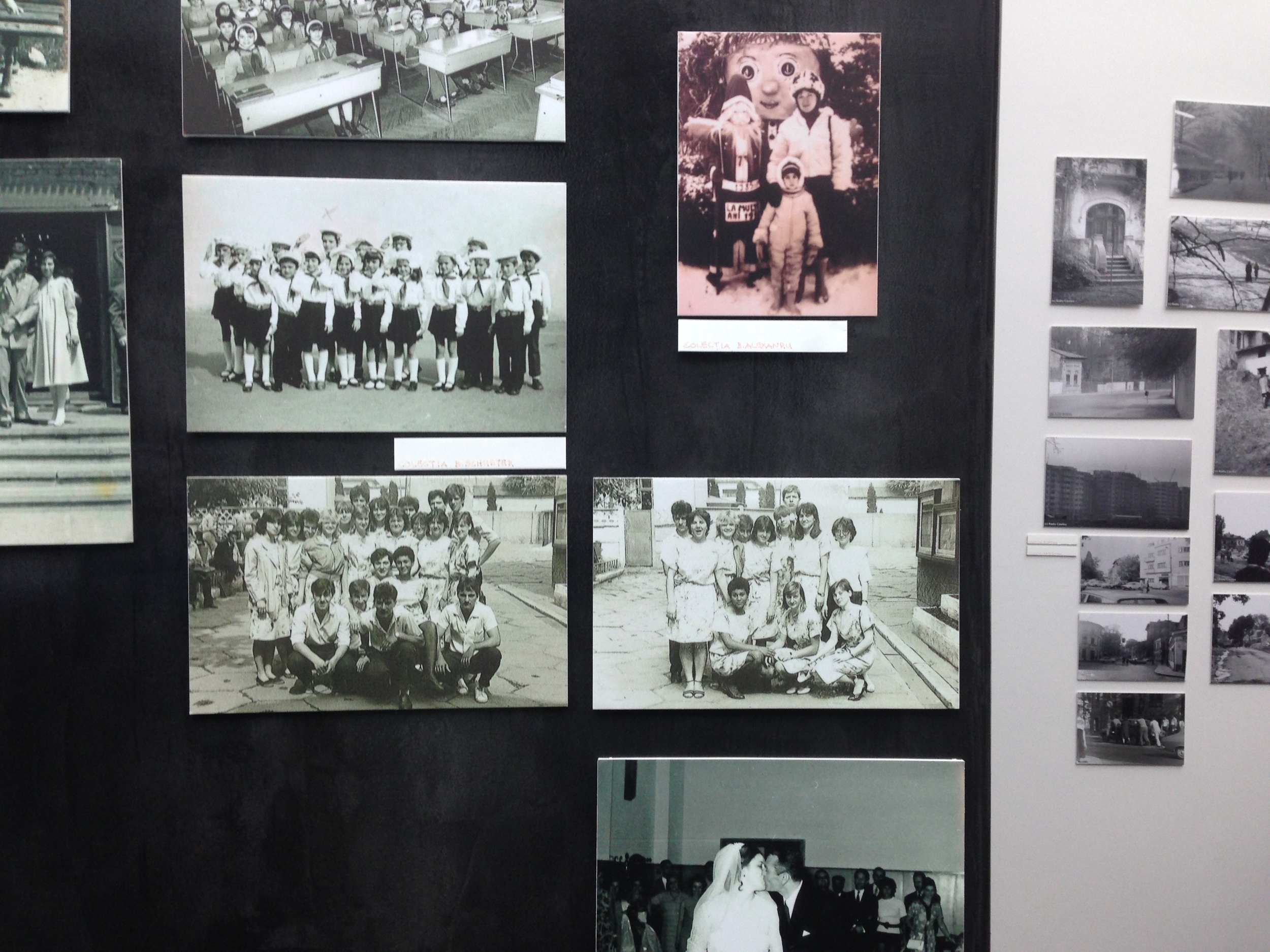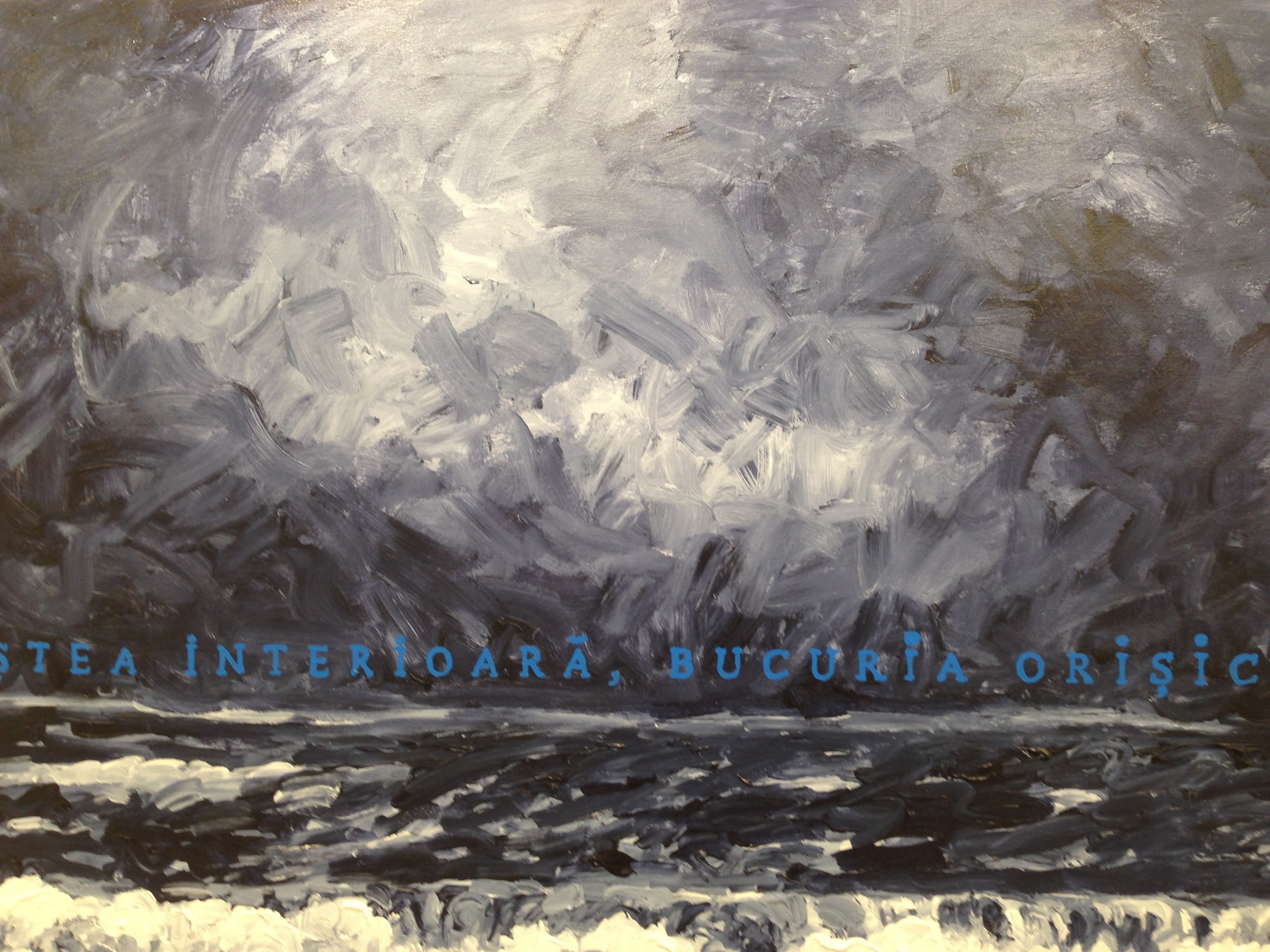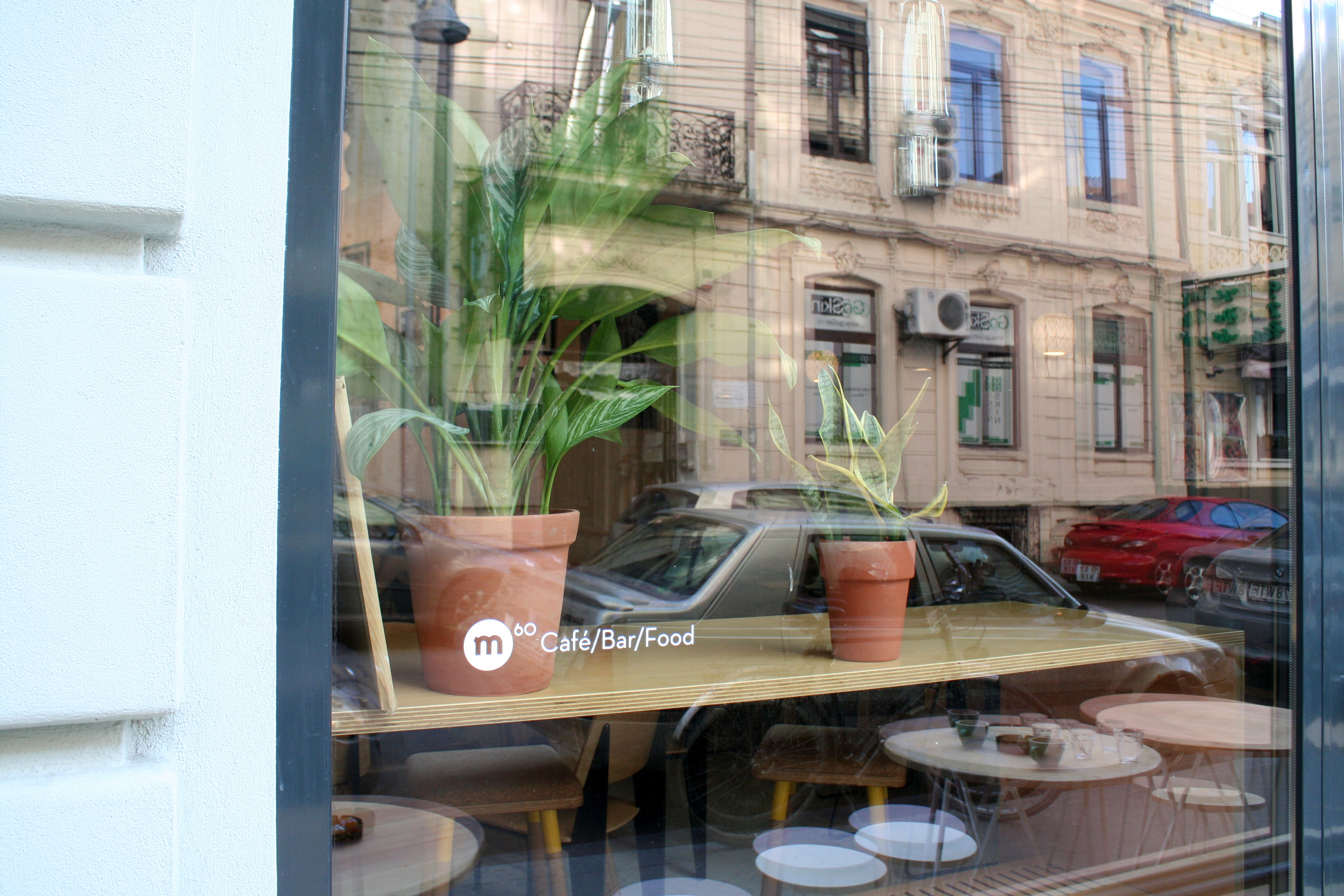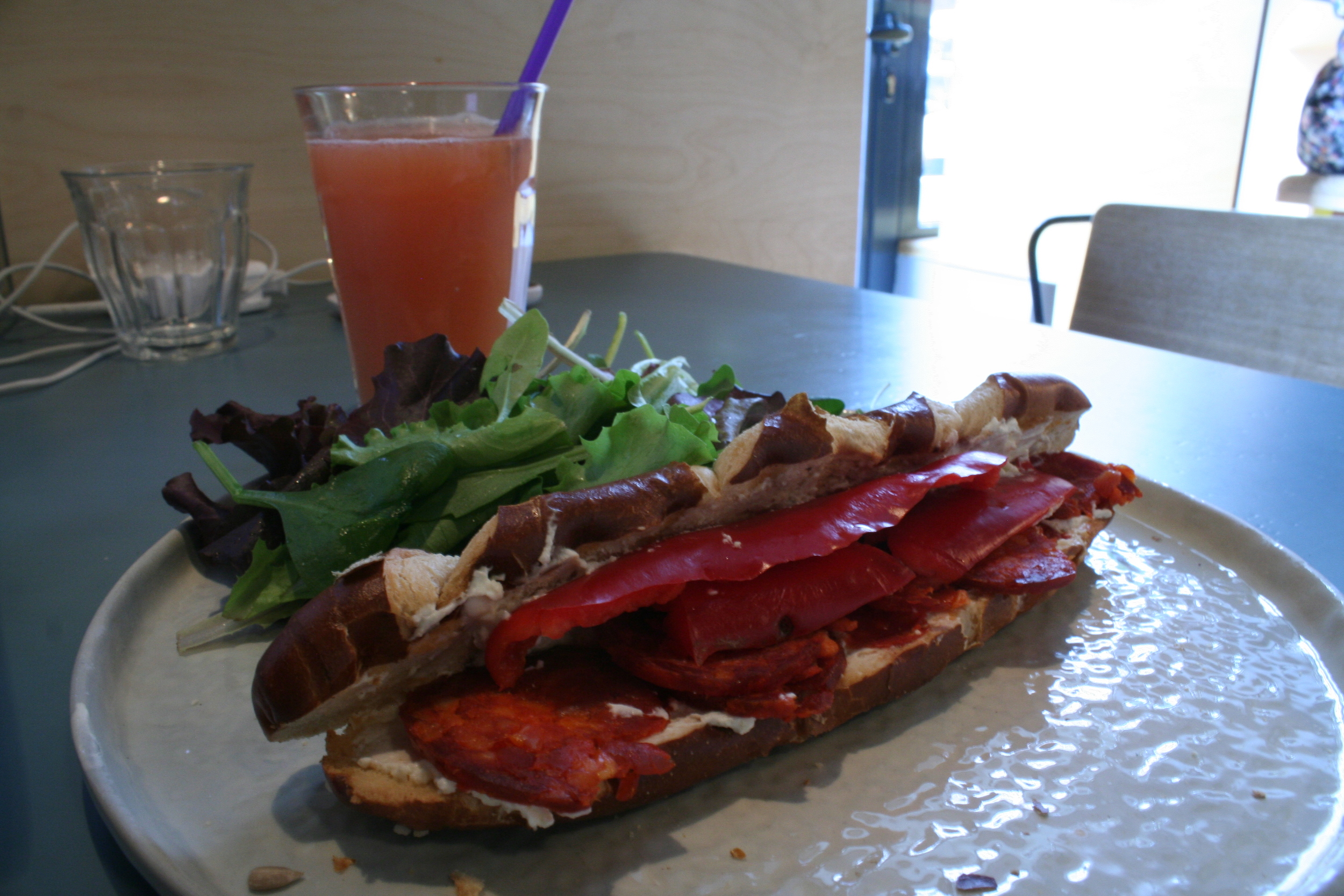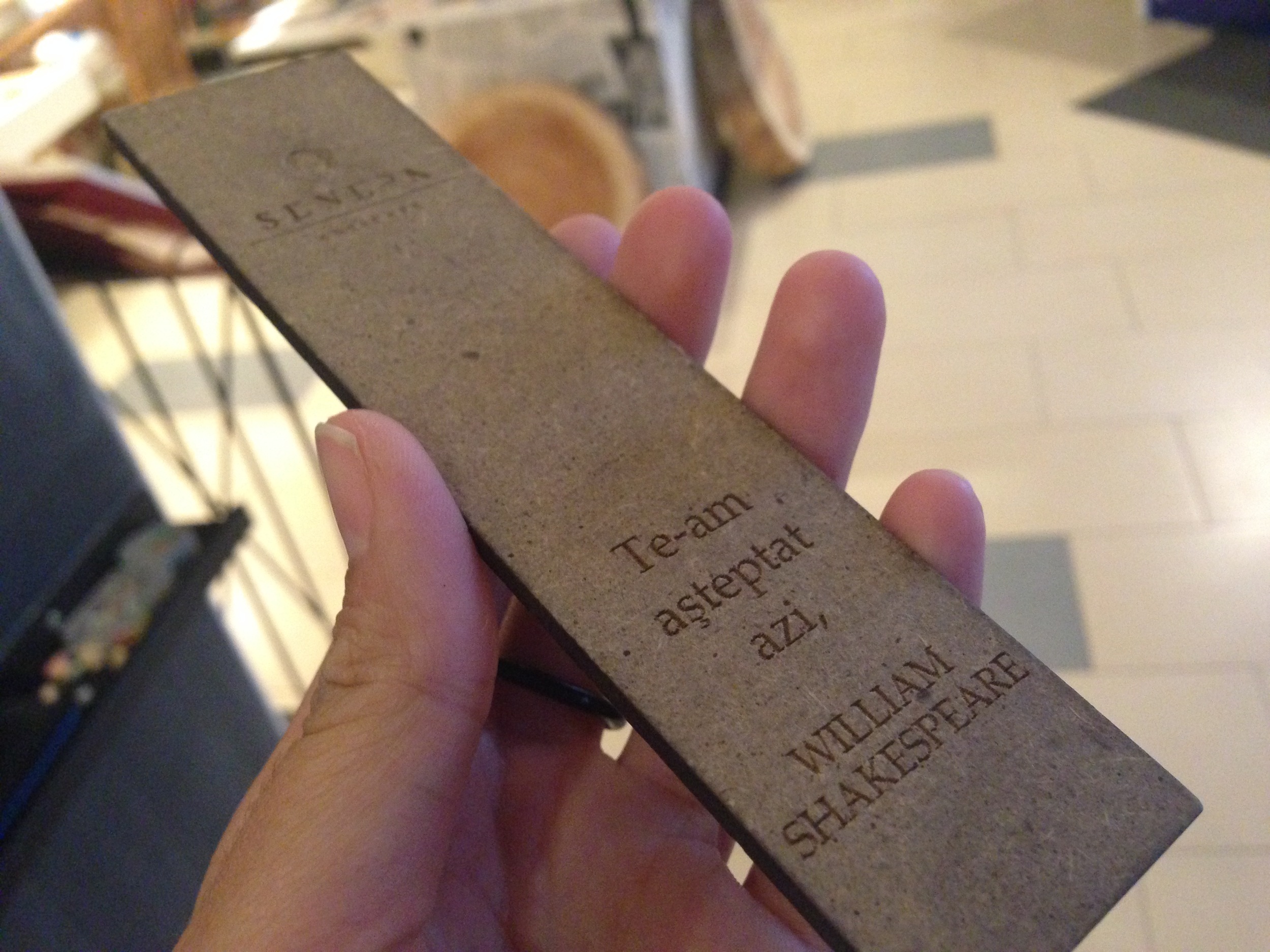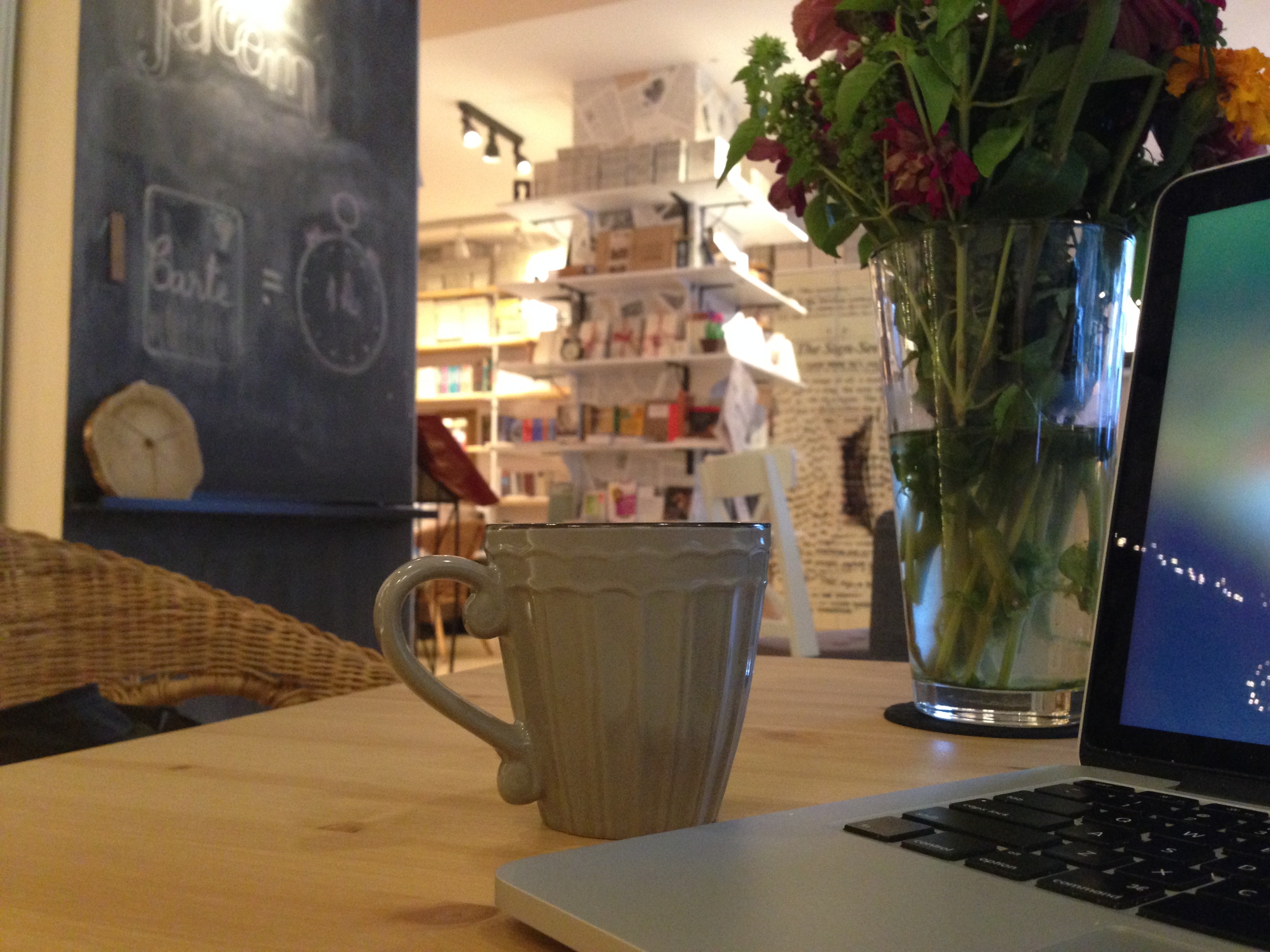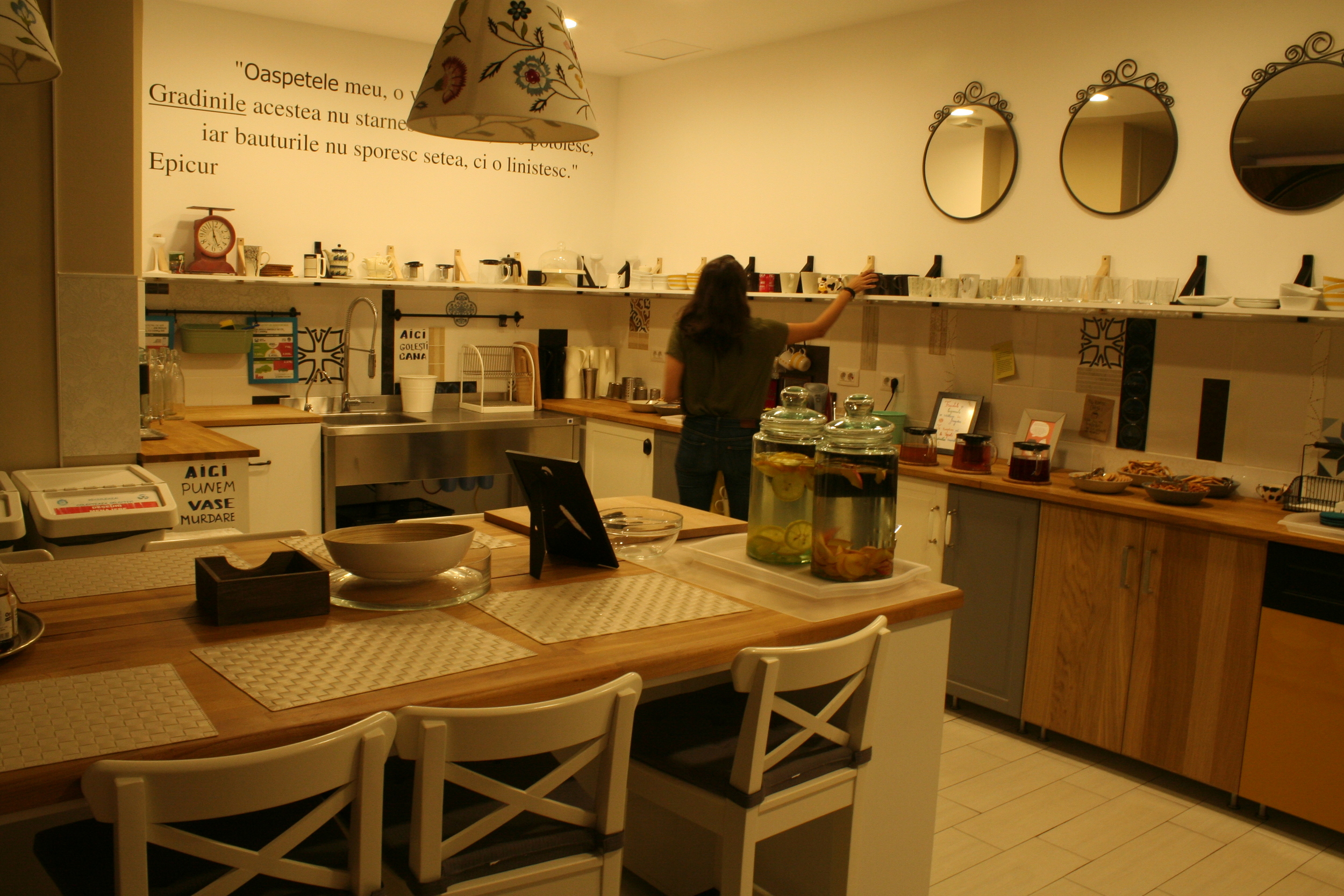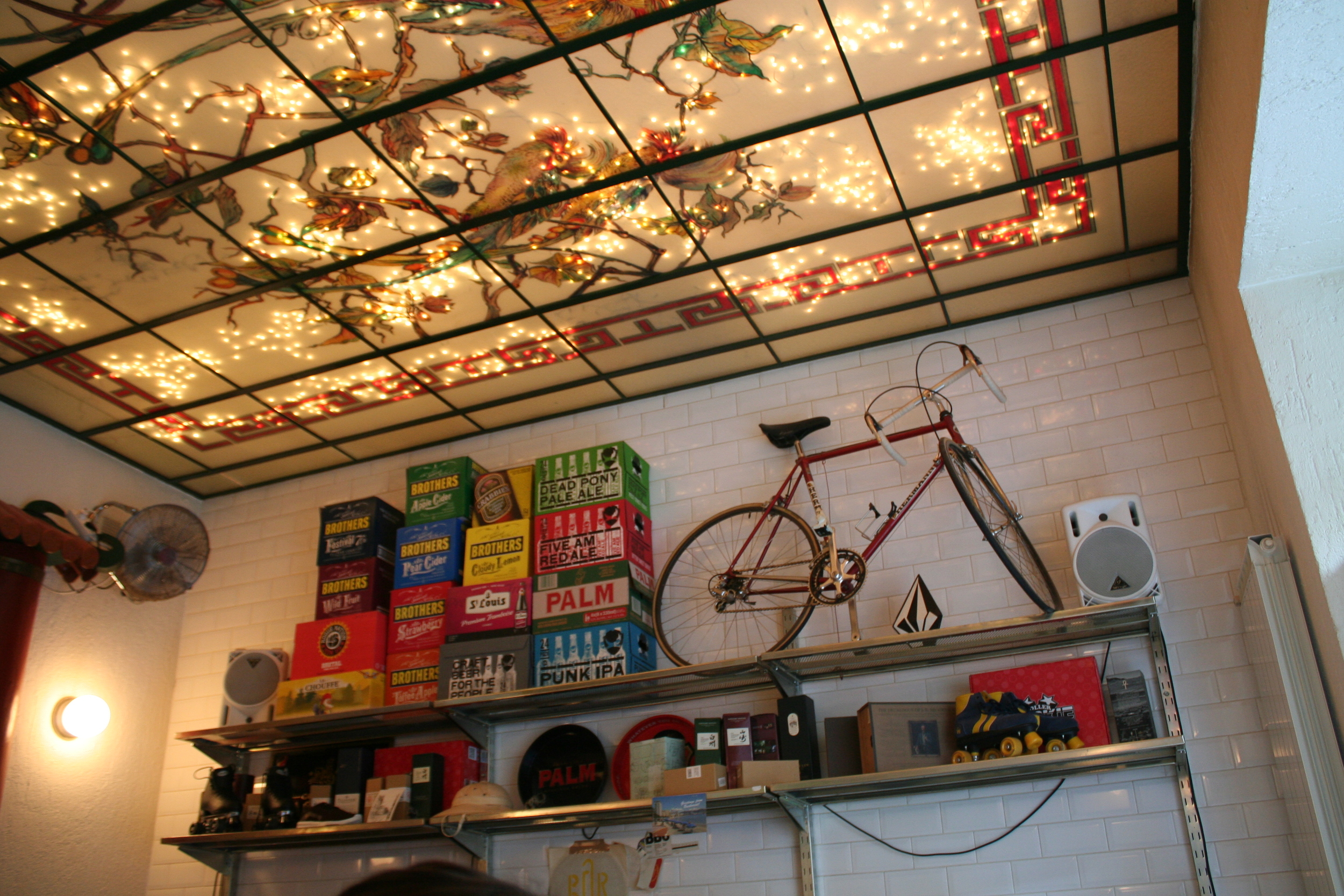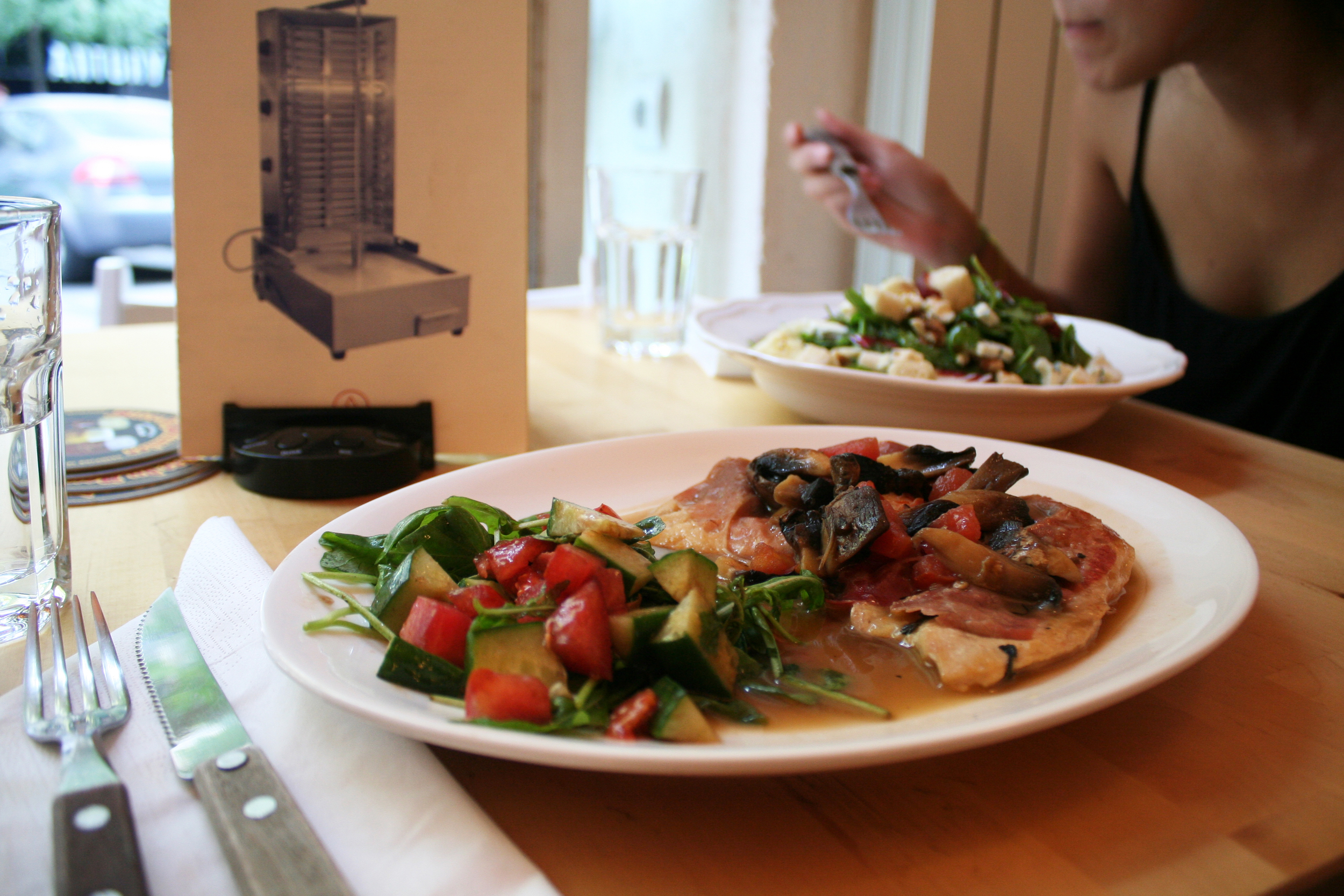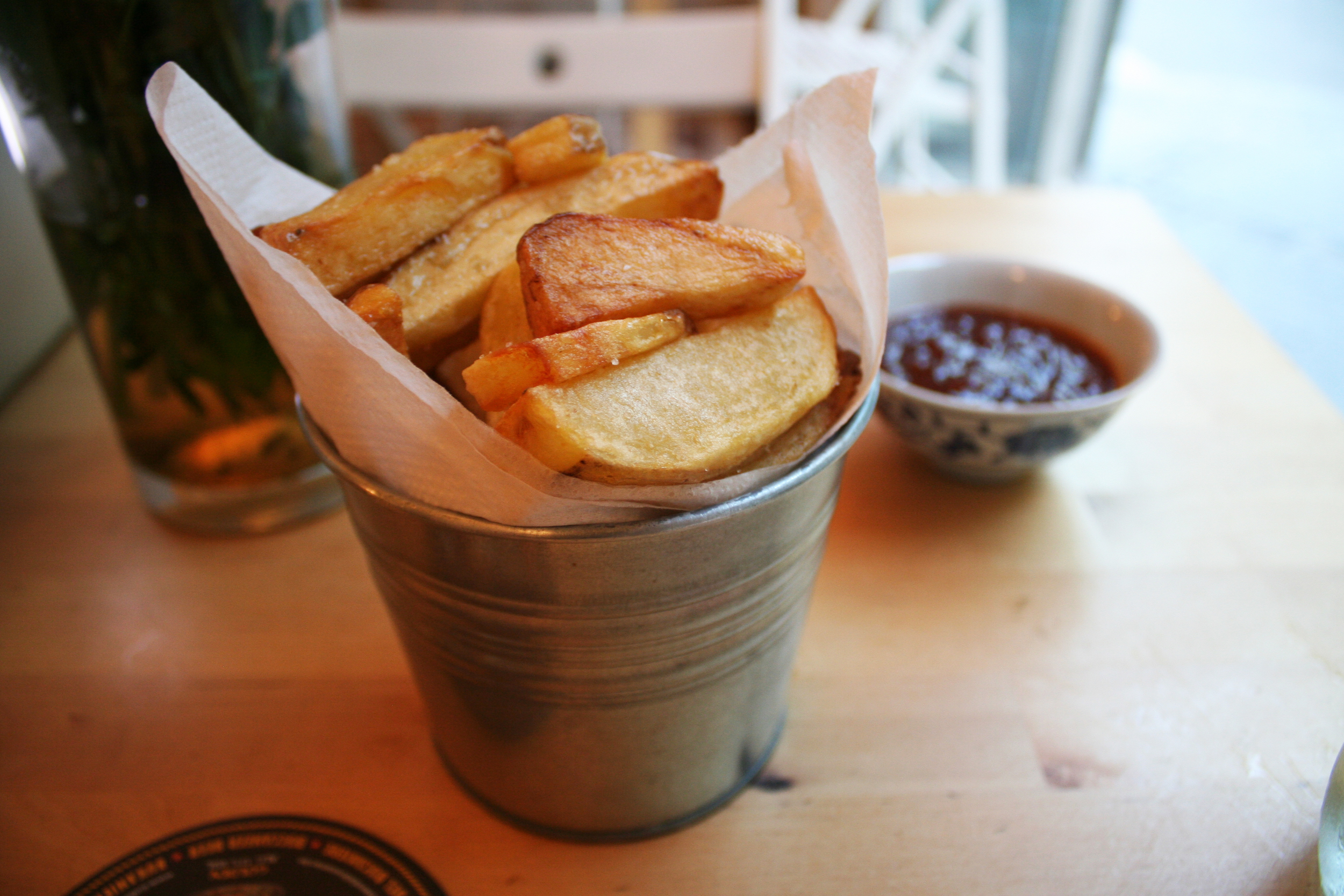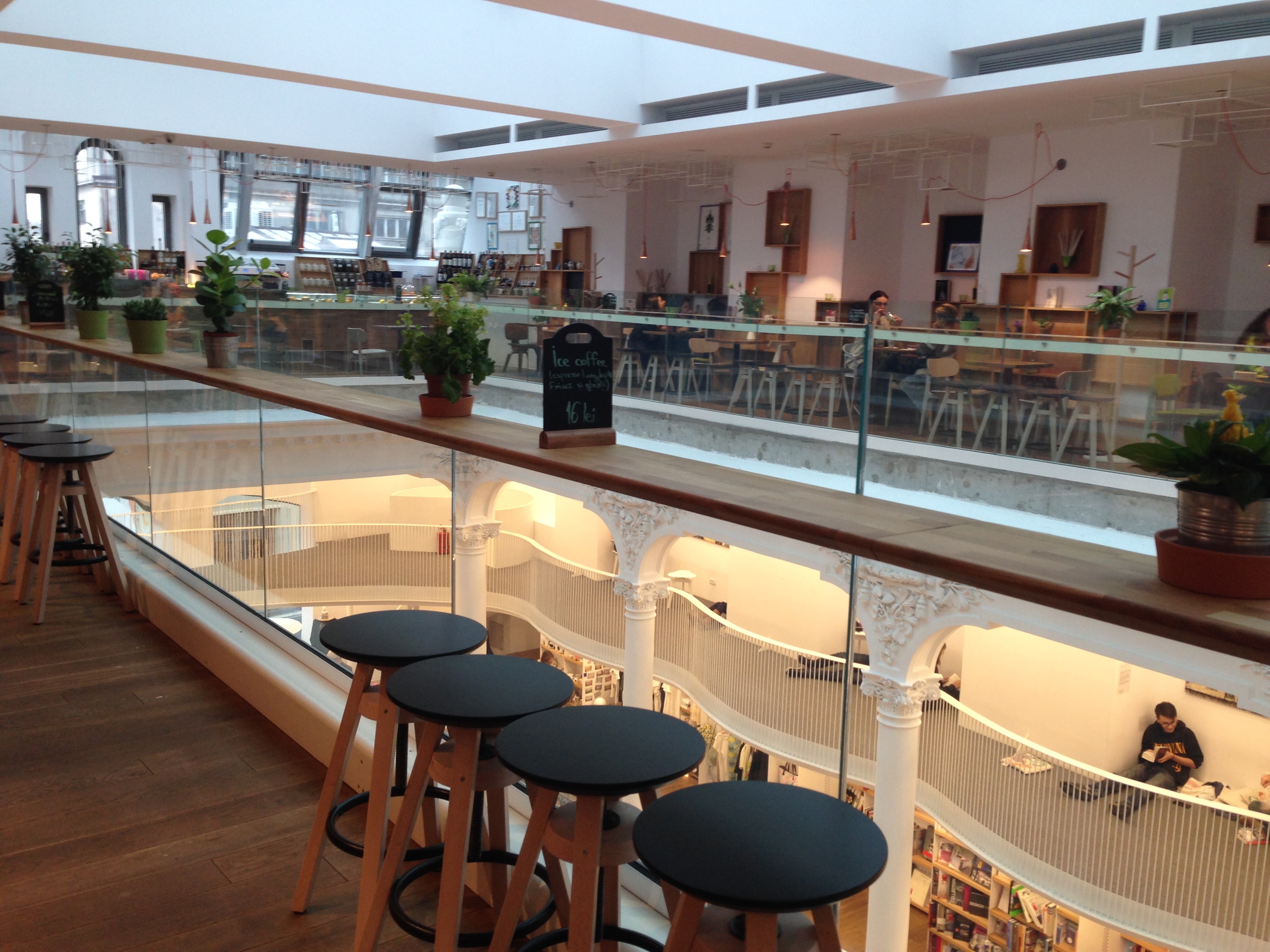Bucharest & It's "Hidden Gem" Charm
After staying in Bucharest for about a month and a half, it practically felt like home - so here's the longest post we've written as of yet! From time to time, we enjoy taking the time to really experience the culture of a place and feel like locals… and also have some more down time to get design work done! After getting a solid taste of of Romania's capital city, I would say that overall it seems to be an eclectic mix of a post-communist state and a rapidly BOOMING european-bohemian city.
The Historic Center: A clash of the Belle Epoque and Communism
For the majority of our time here, we stayed in an apartment in the Historic Lipscani District. This older part of the city, decorated with ornate French-style architecture, would have probably extended a lot further today; but sadly, Nicolae Ceausescu’s Communist regime and a series of strong earthquakes prevented that from being a reality. Now you just see beautiful Belle Époque buildings right across the street from big communist-era apartment blocks. Voilá, history reflects itself so vividly right before your eyes, gotta love it. But then you have the Centrul Civic District with even more notable effects of the Romanian Communist regime… the People’s Palace. It’s. HUGE. I mean, really MASSIVE. In fact, it's the heaviest building on Earth, and apparently the most expensive administrative building. Many locals say Ceausescu built it that big to match his ego (ha ha). In the 1980s, a huge amount of historical buildings were demolished in the Centrul Civic area and 40,000 people were evicted from their homes with just a day's notice to make space for 8 square km of socialist-realist style government offices and apartments. Not nice Ceausescu, not nice. We kind of ended up avoiding this part of Bucharest's center during our stay, preferring areas North of the river. There, you see a great effort to renovate the streets and old buildings... but don't expect any protection or western-style security around the construction sites!
Lipscani Nightlife: Get ready for a looong night
Getting back to Lipscani, it really does look like Paris! So much so, that it gave Bucharest the nickname “Little Paris”. It’s a super fun area to live in too. The streets are animated 24/7 with young people everywhere and bars upon bars blasting the latest top 40 hits. On weekends, you'll probably find a few latex-thonged lady-dancers or buff fire-breathers–it's totally standard club decor here. The clubs stay open all night... as in until the sunrise–sometimes even on a Tuesday.
If you'd like to stay away from the clubby naked-dancer thing, fear not! There are plenty of alternatives :) There are a few lounge-y bars in the area which we loved, like the Pura Vida rooftop bar (Sky Bar), Biutiful, Nomad, Bruno Wine Bar, and Bazaar; and some more laid-back "alternative-rock" bars like Mojo Club (British ex-pat bar with karaoke every night and a basement dance club) and 1974 Niste Domni si Fiii (local, cheap, rocker hangout) - Lot's of indoor-smoking happening inside both of these tho. There's also great dance bar/clubs in the area that play cooler, less-mainstream music than the bars on the main strip; like Interbelic, Control, and El Dictador.
Just Outside the Center: Bohemian paradise
In between Lipscani and Piata Romana, all along the Calea Victoriei is where you'll find the artsy-bohemian crowd of locals. Once we found our way to the relaxed artsy scene in Bucharest, we really started to feel at home. Places like Gradina Eden (hidden behind Palace Stirbei), A1, and A2 were definitely among our favorite hangout spots. And traveling a bit further north, you find Terasa Baraka and Tête a Tête hidden amongst the trees of Herastrau Park. All of these bars have a very laid-back feel and usually pack up with creative-types and hipsters. Some even have hammocks and fruit smoothies, and they all also function as cafés during the day.
Arts, Parks, & Coffee: Vampires in the daytime
A non-drinking activity we loved and would highly recommend is taking a stroll (or a morning run) through one of the many beautiful parks in Bucharest. We frequented Cismigiu Park to lay out in the sun and have a freshly squeezed portocale (orange juice) while we watched locals enjoying the little paddle boats and playing chess and backgammon. Herastrau Park is great too, only it's much bigger and has more cafés, bars, and even a skate park.
There are many art-related activities to do too. The Kulturama exhibit space in Piata Revolutiei is worth checking out to see exhibitions and artistic events that promote young talent. There are also constant art gallery shows... we went to like five of them. The art is usually really cool and creative... and the complimentary wine is always nice too. There are lots of museums and tours to check out too... but with so much to see, we didn't really fit those in.
We did however, get a lot of design work done, and got to know the best coffee shops and co-working spaces. My personal favorite was M60. The coffee, the food, the ambiance, power outlets everywhere, comfy chairs, amazing service – it just can't be beat! Other great ones include Tucano Coffee (the one by Piata Romana is the best!) and the pay by the hour co-working space Seneca Anticafe where you get a little check-in bookmark with a famous writer's name (no coffee here though, only teas). Carturesti Carusel is also worth checking out. It's a bookstore/café/event space/gallery in a beautifully reconstructed old building. Another cute but smaller spot is the Libraria Humanitas near Cismigiu Park that has a café area and a great selection of teas.
In the end, it was a bitter-sweet goodbye. We were sad to leave the great new friends we made, but thrilled to start our next adventure!
